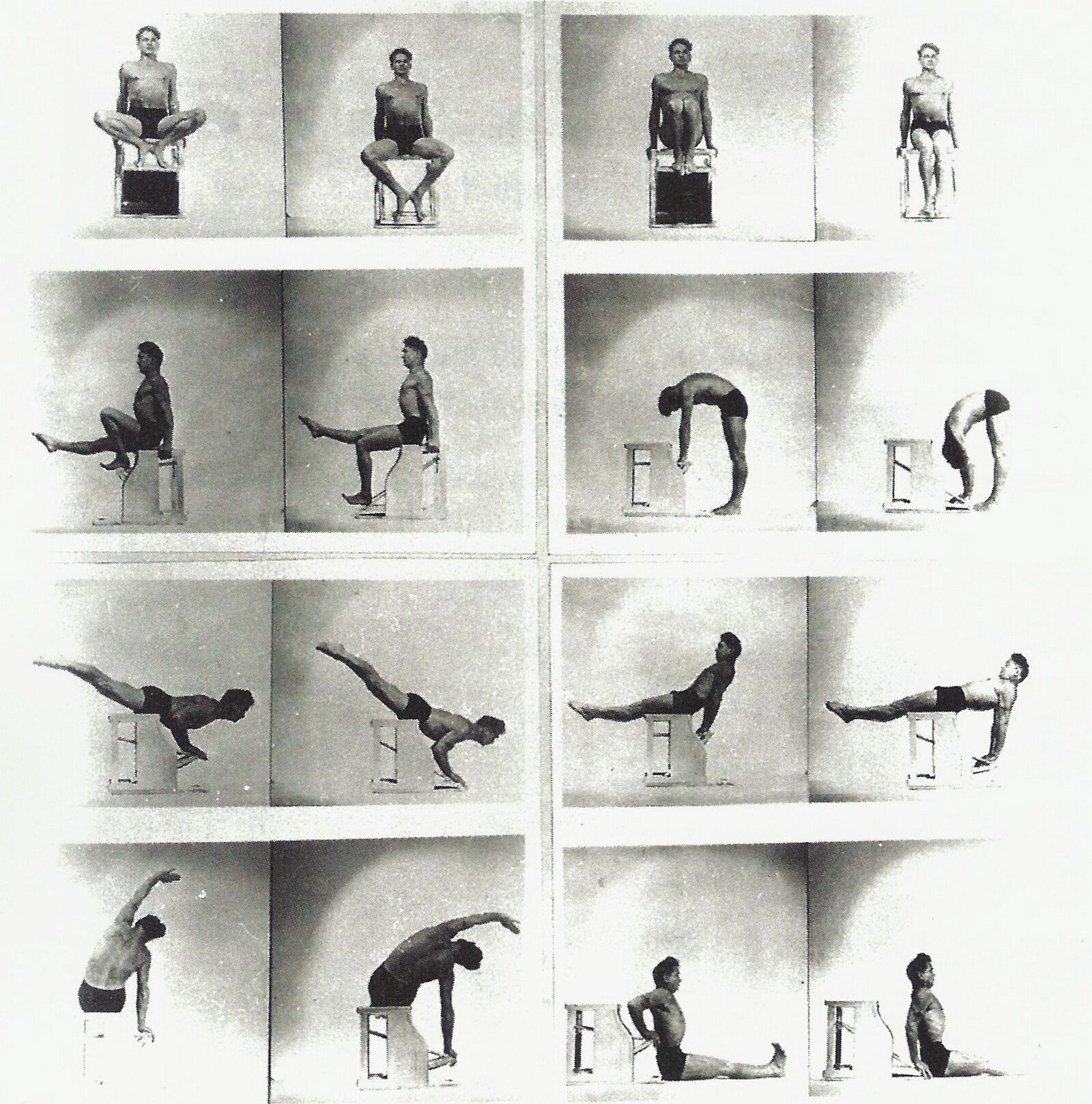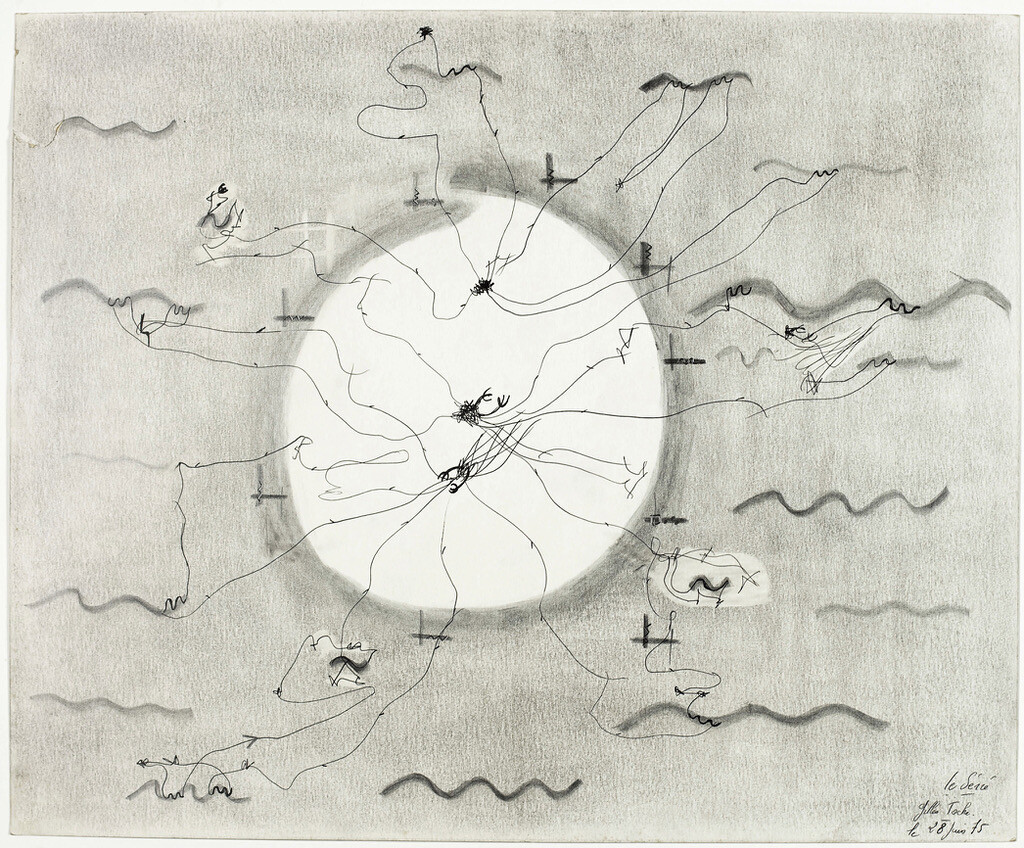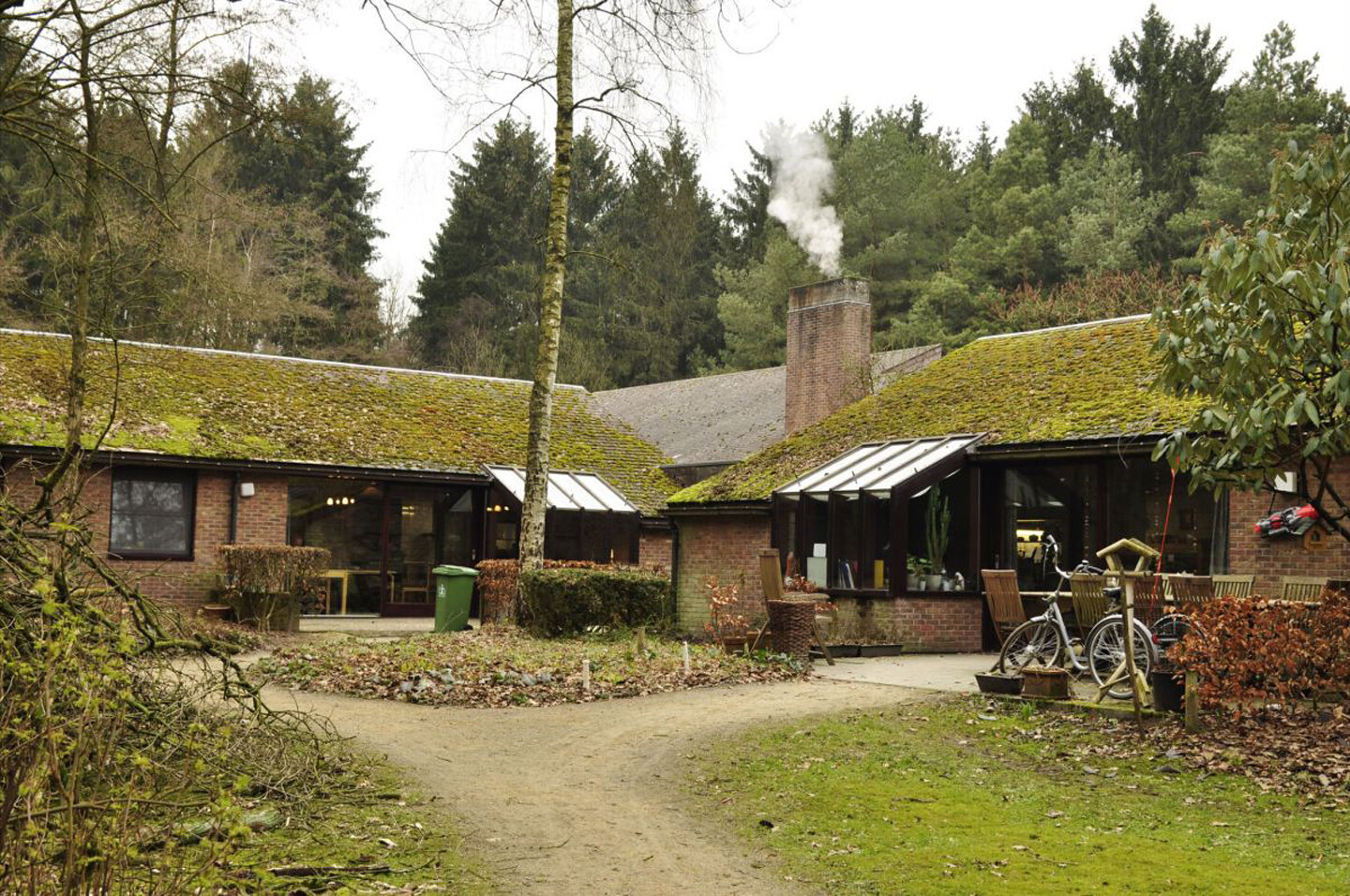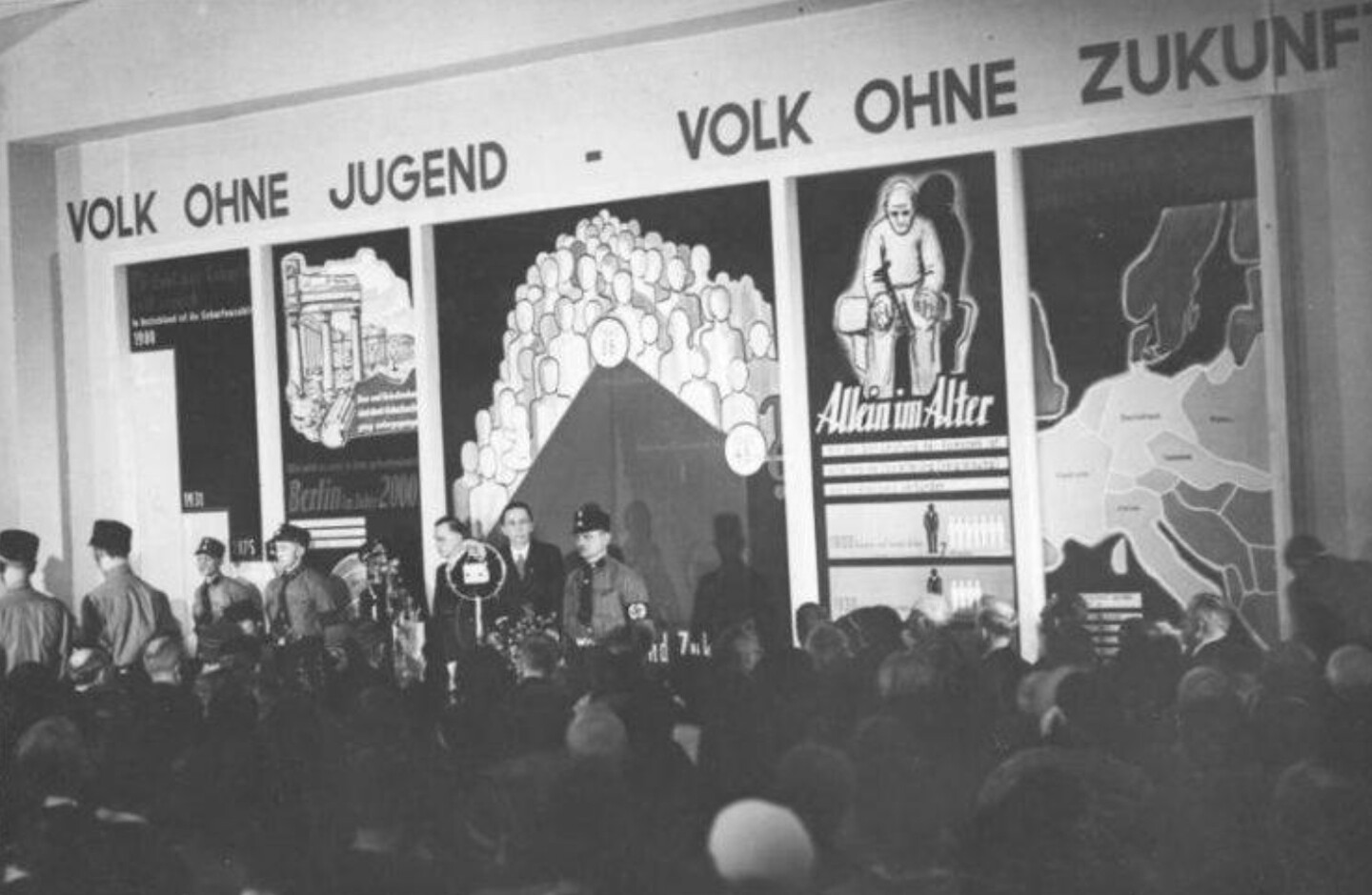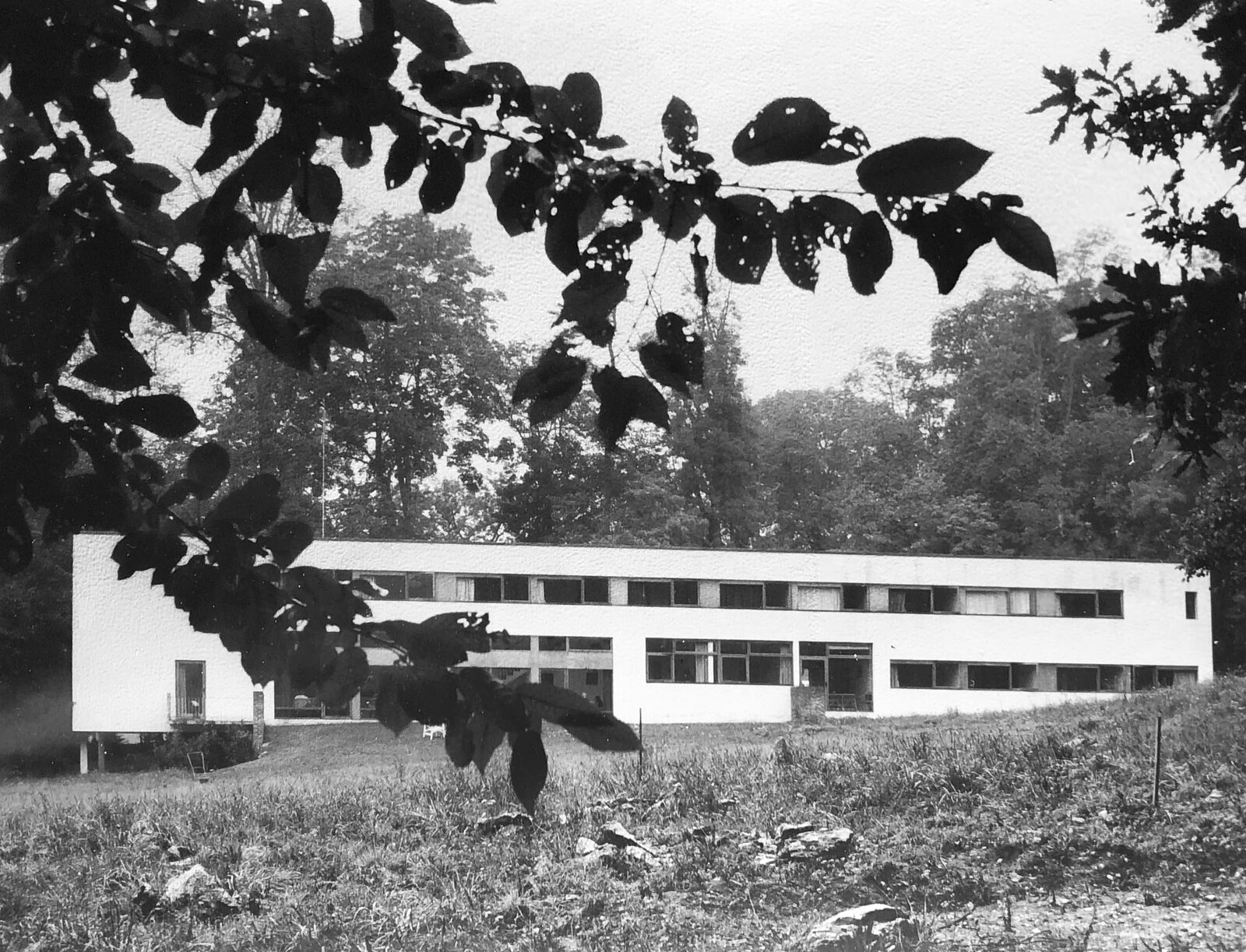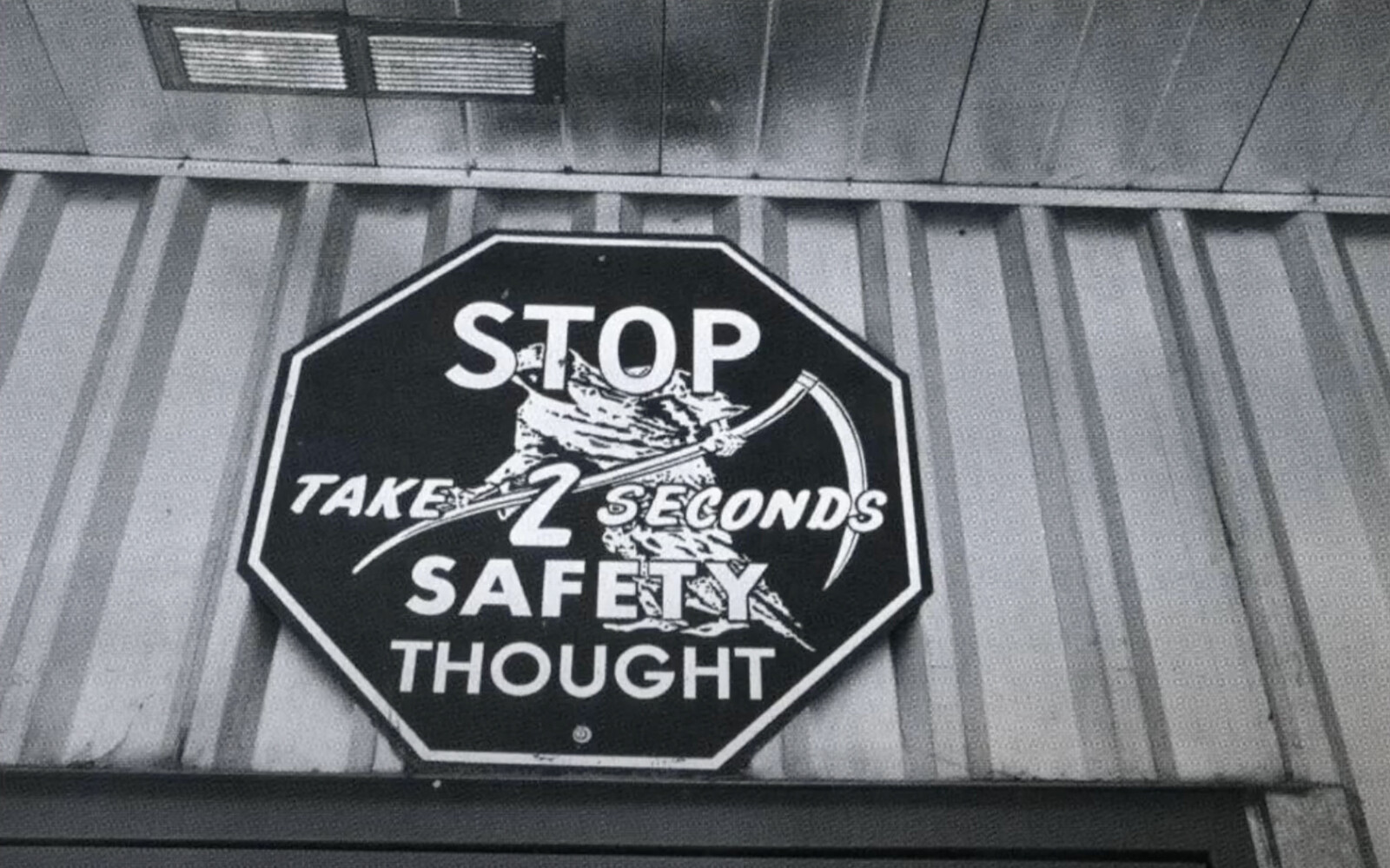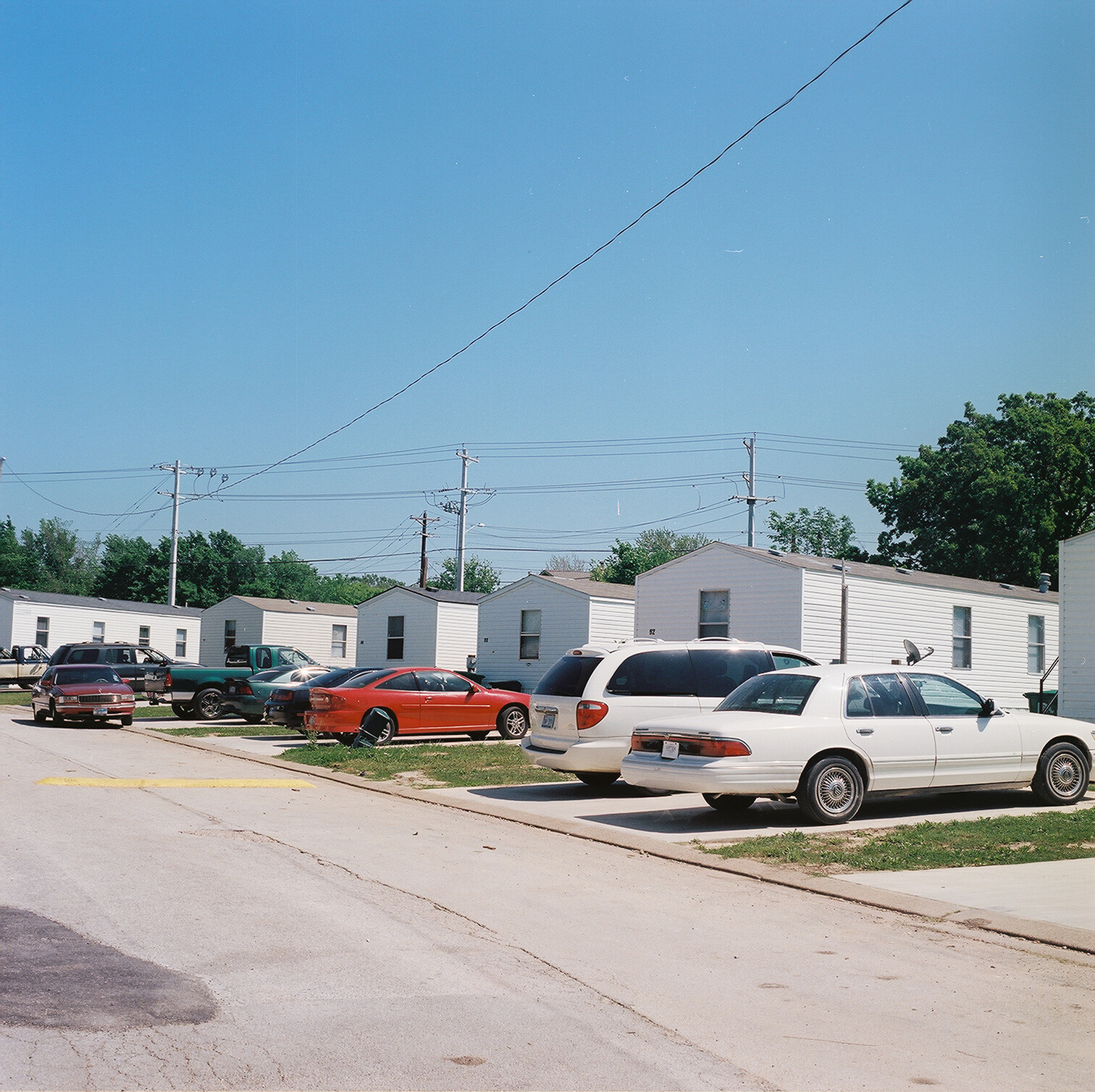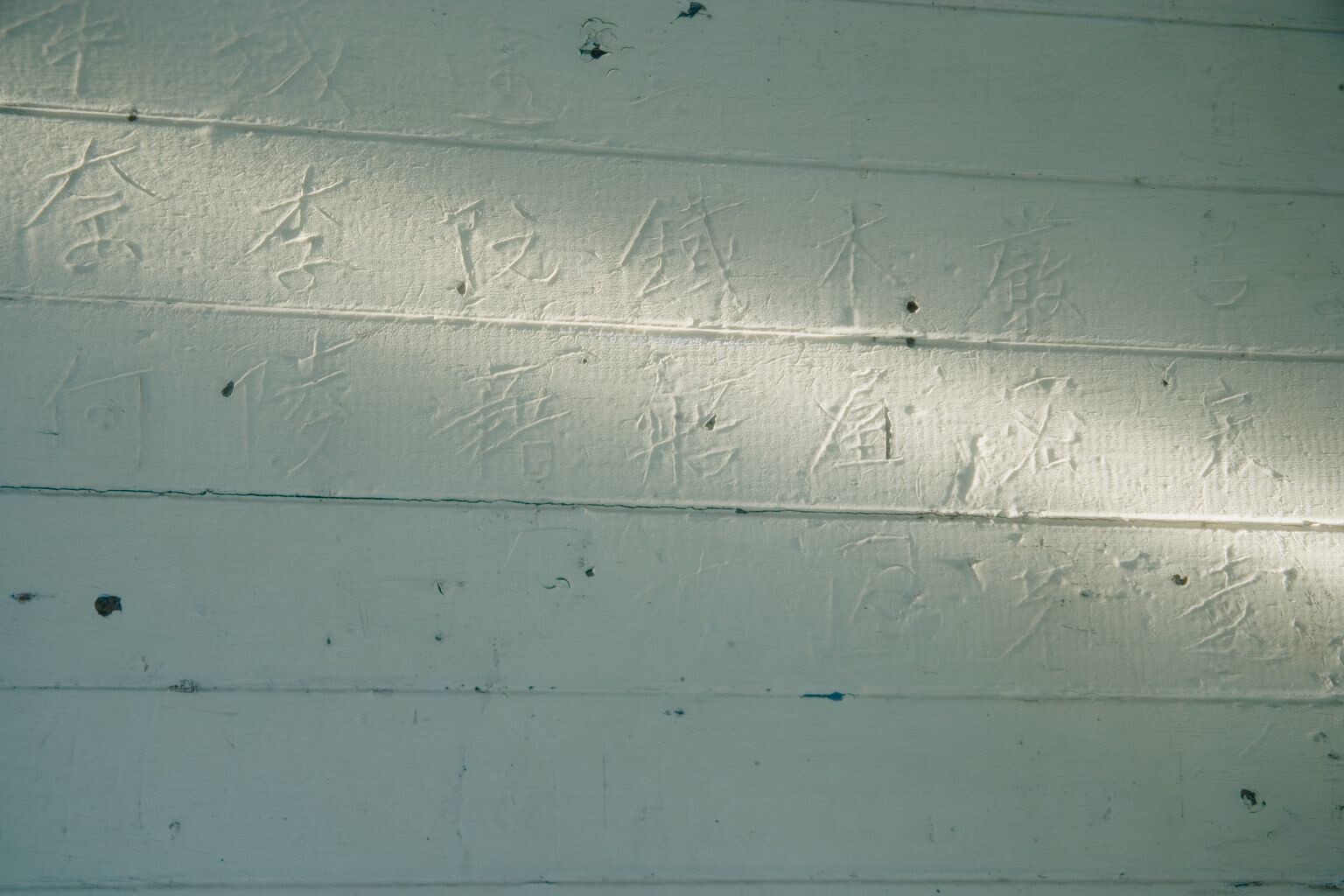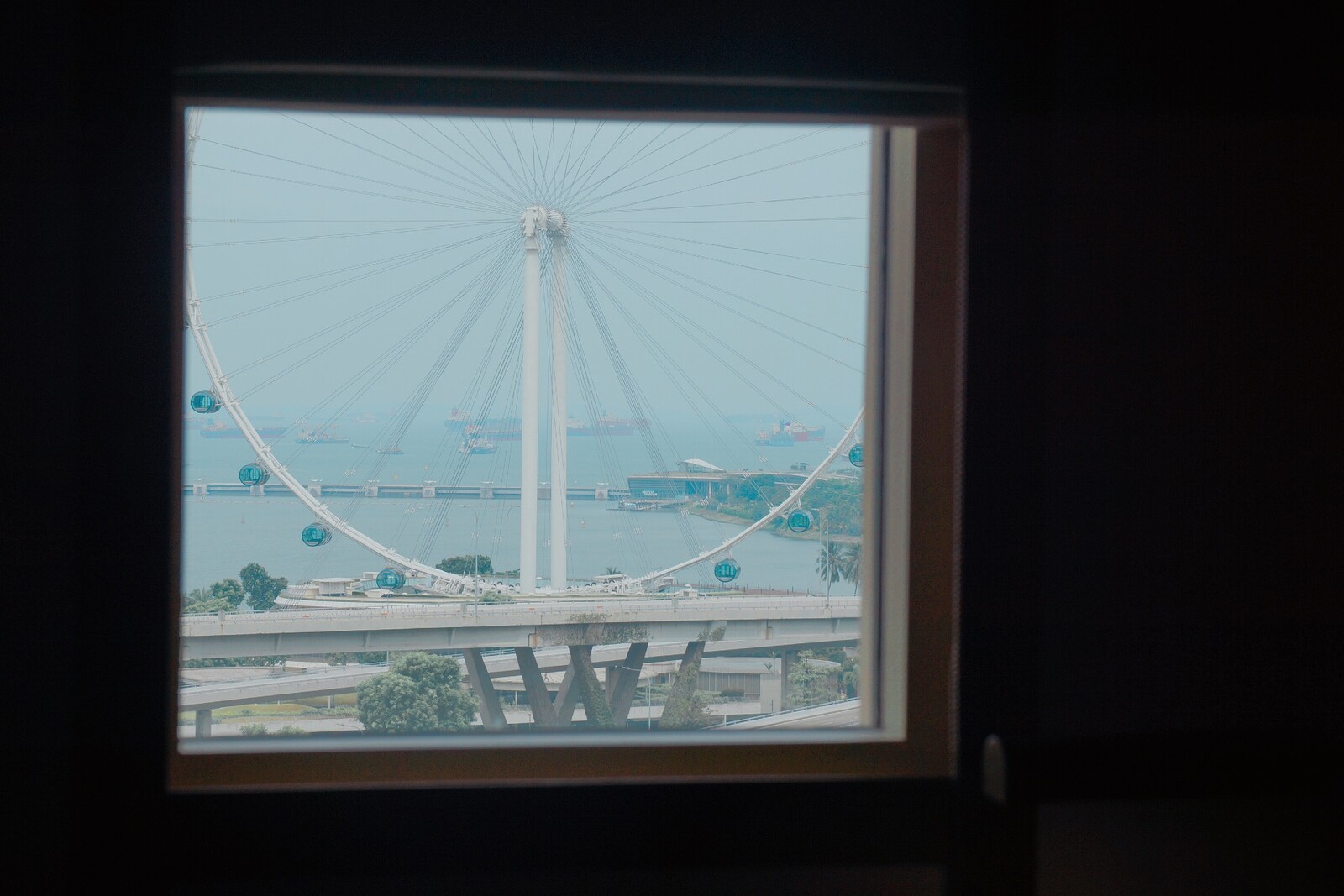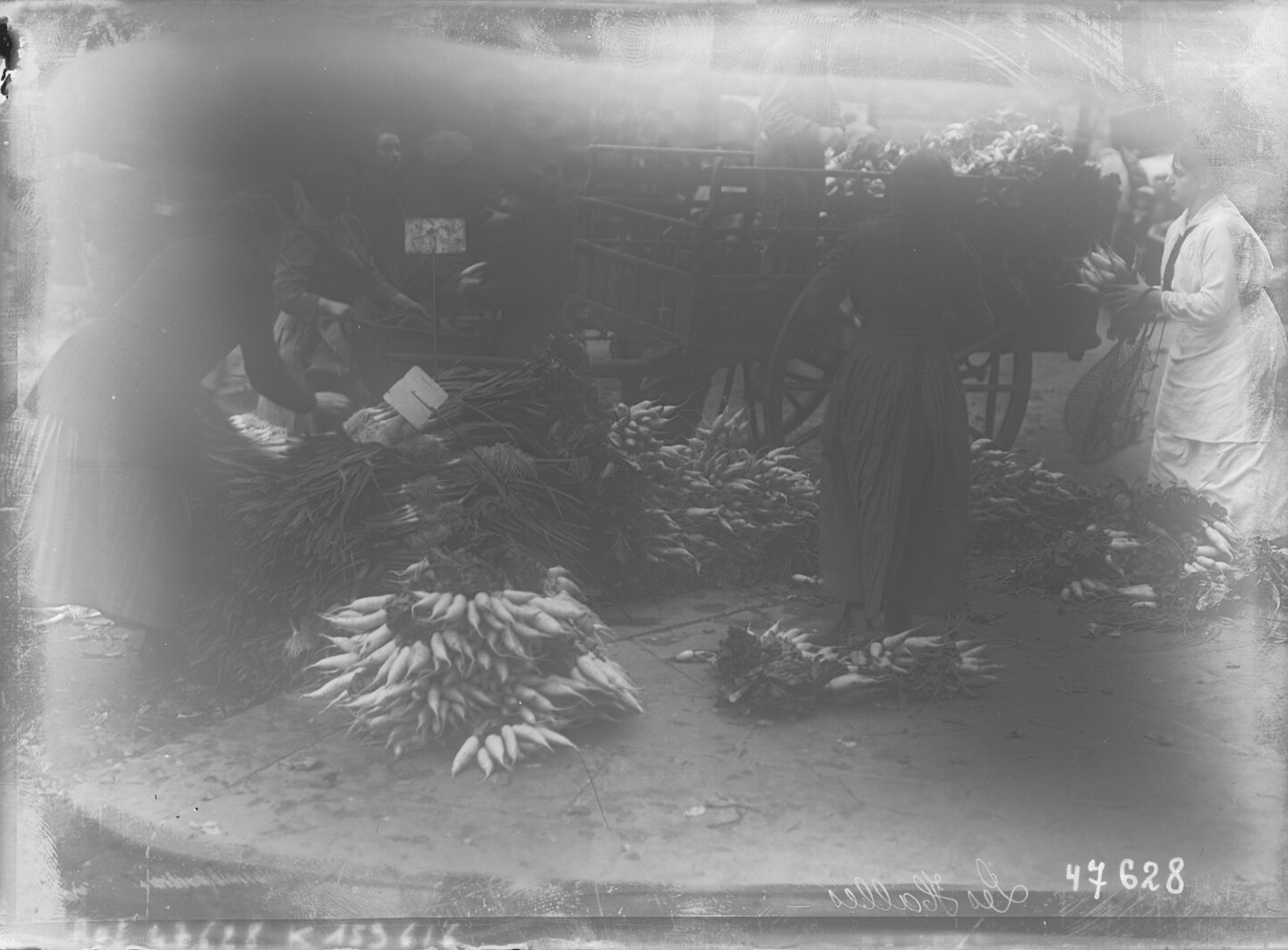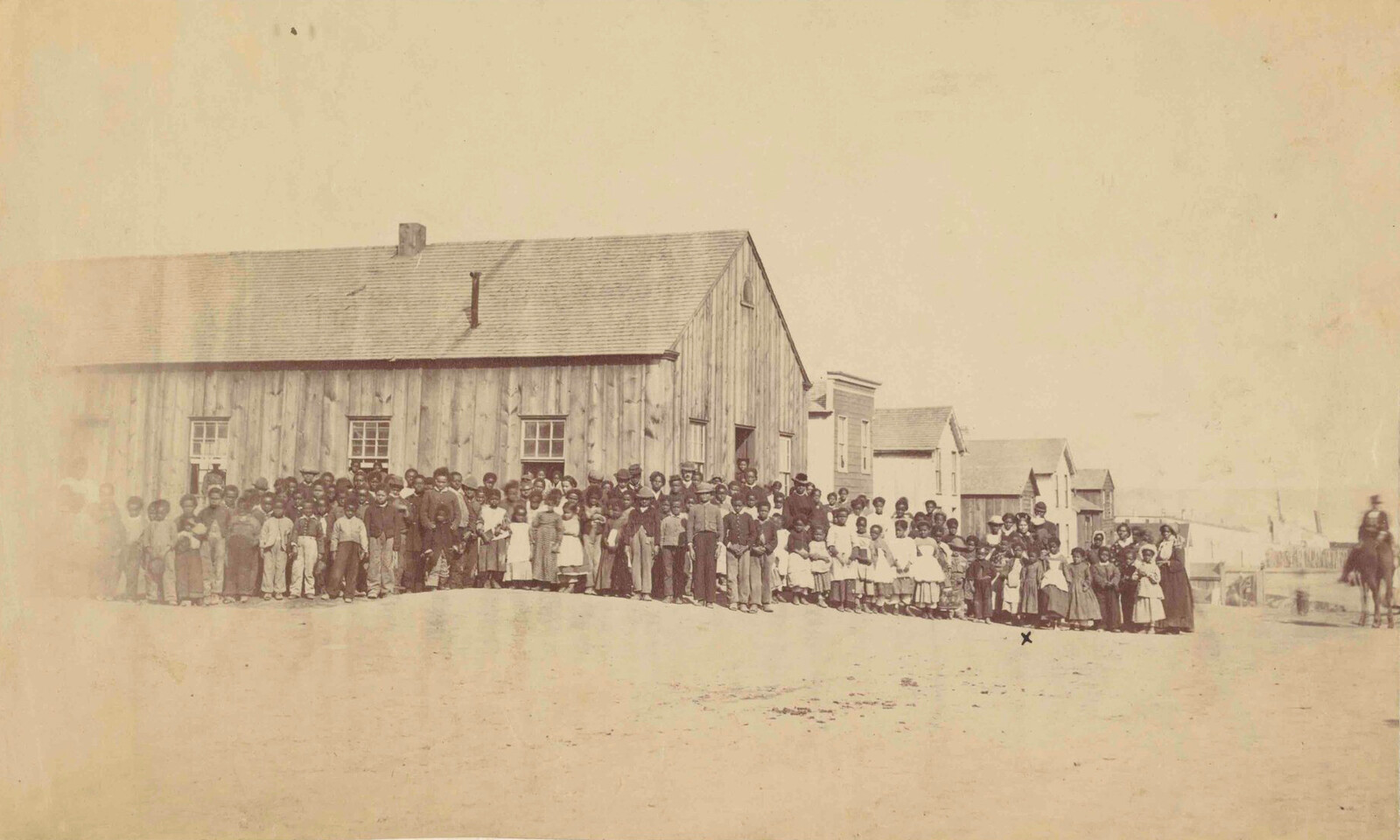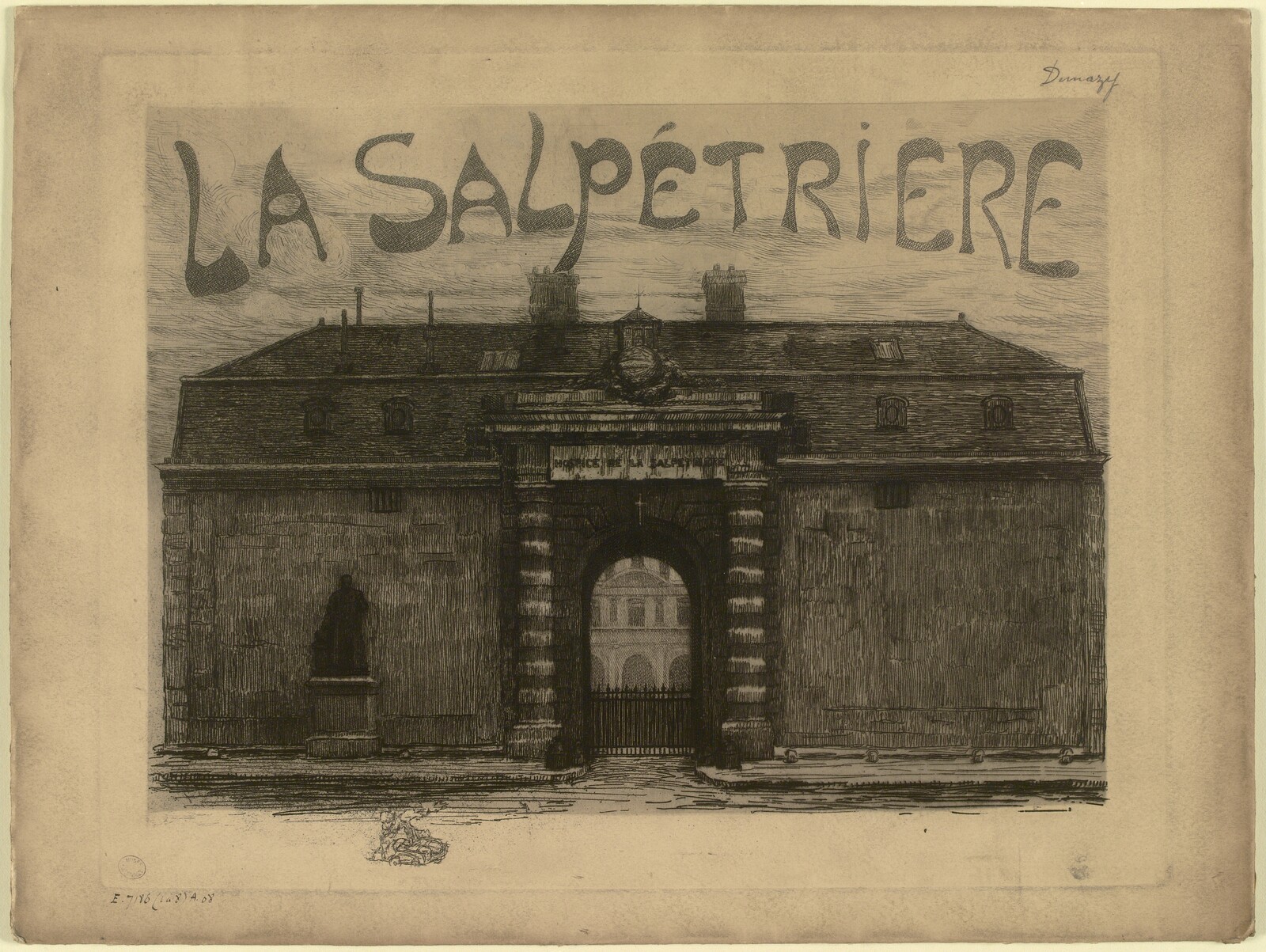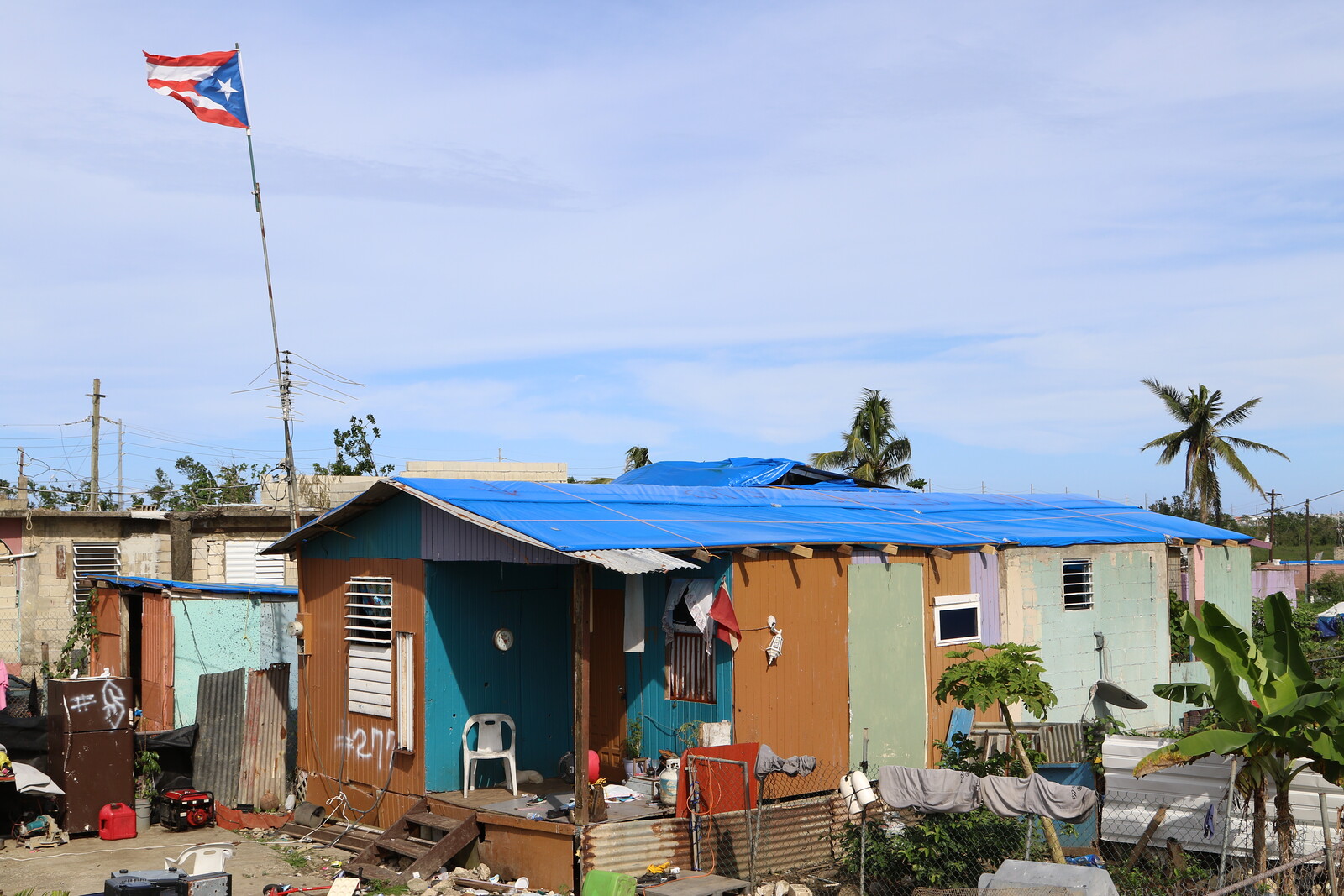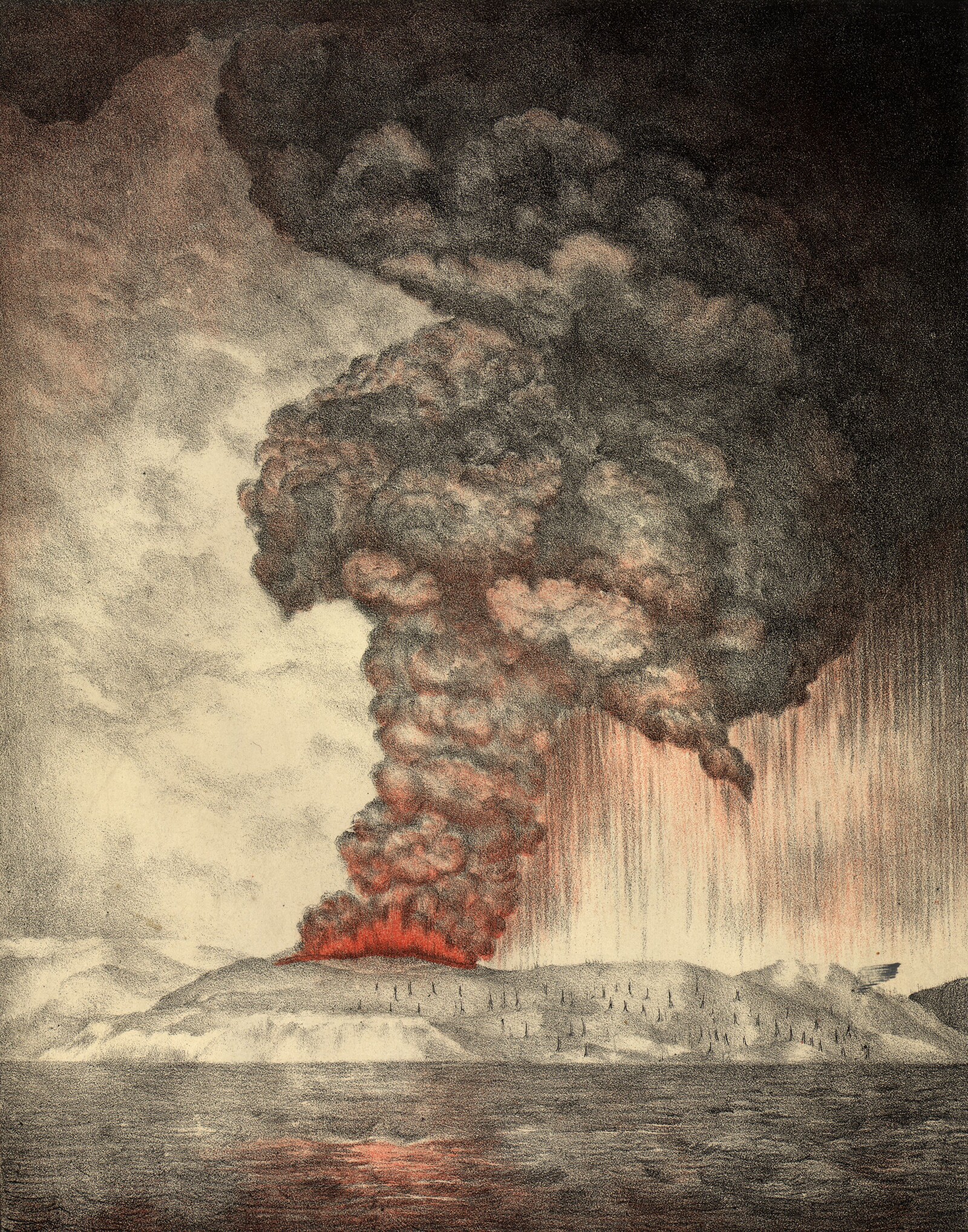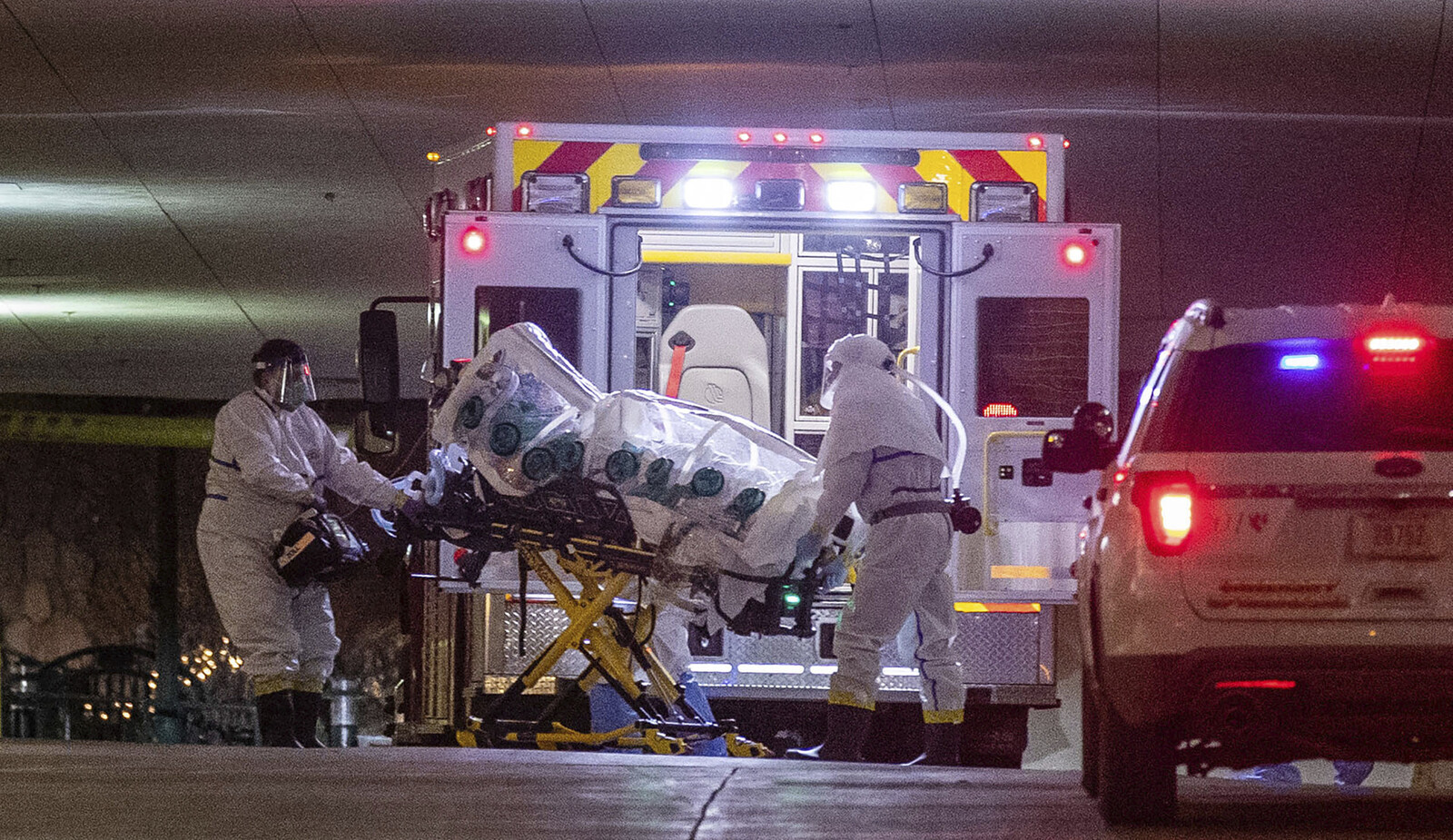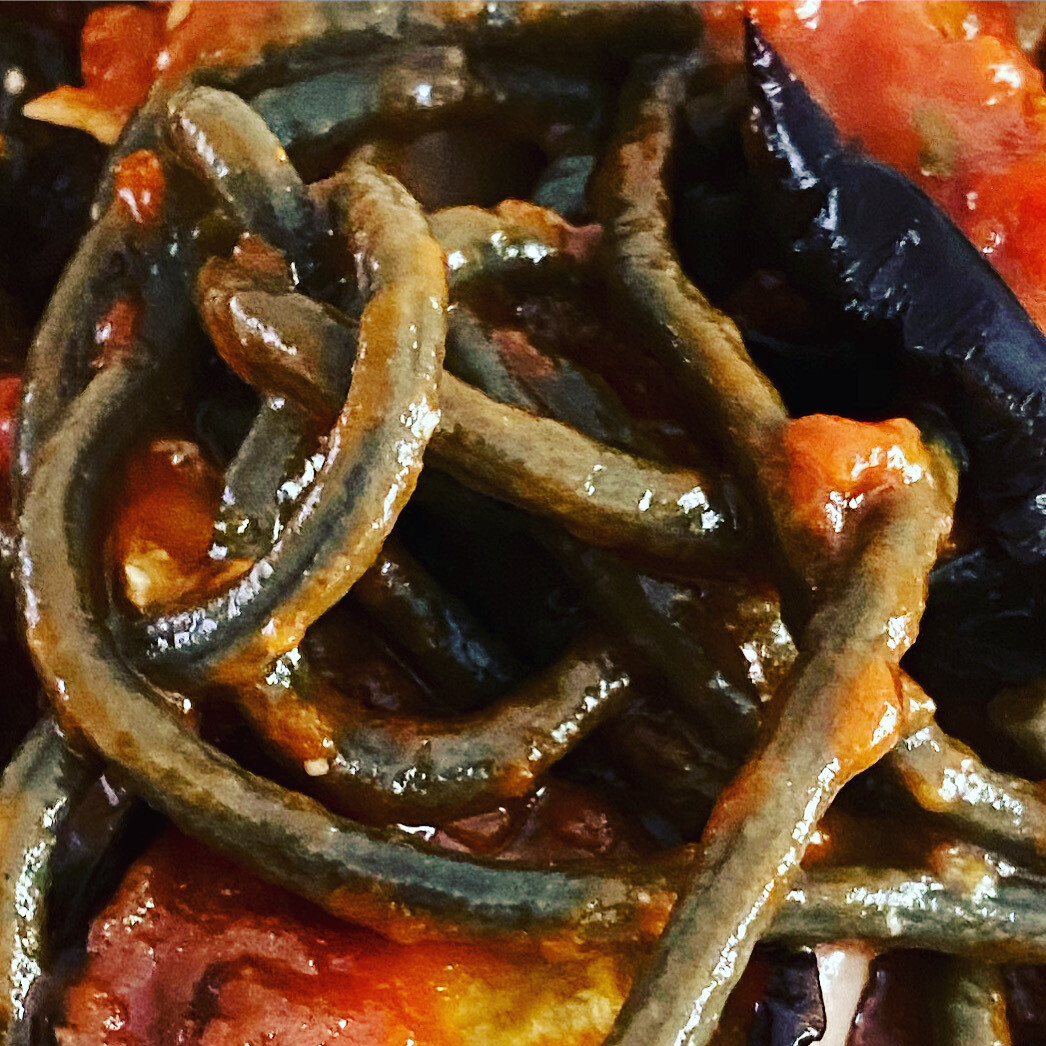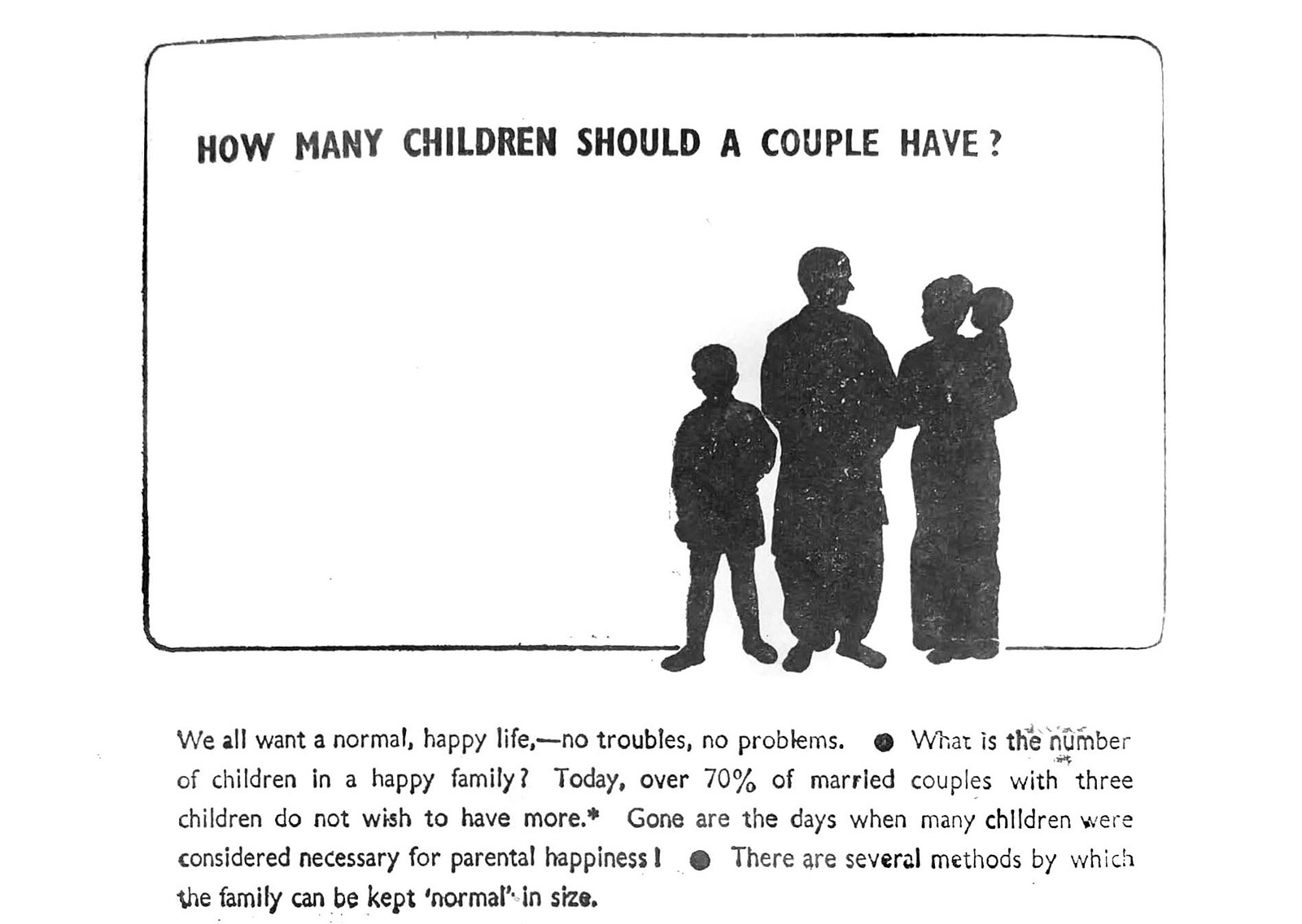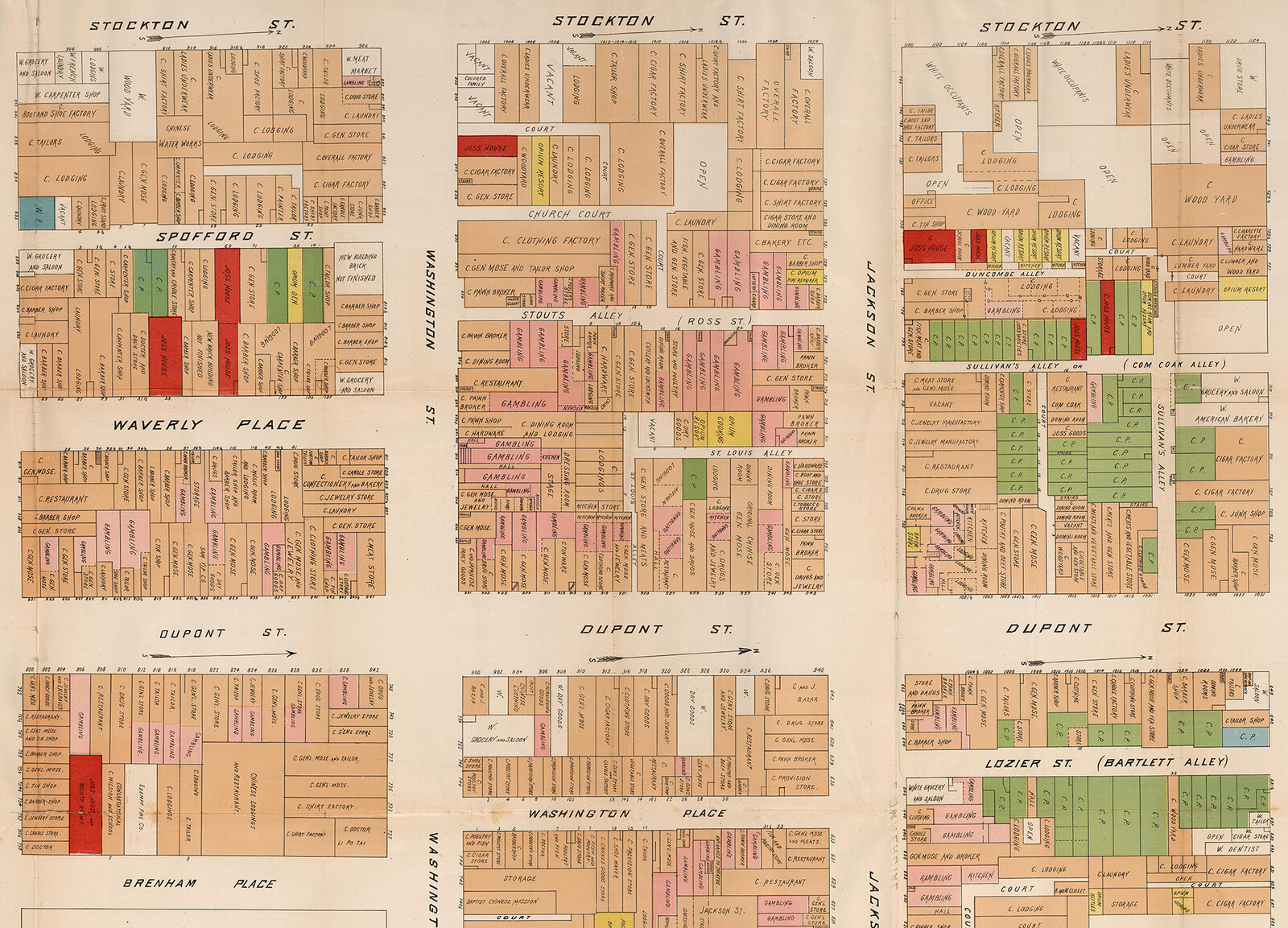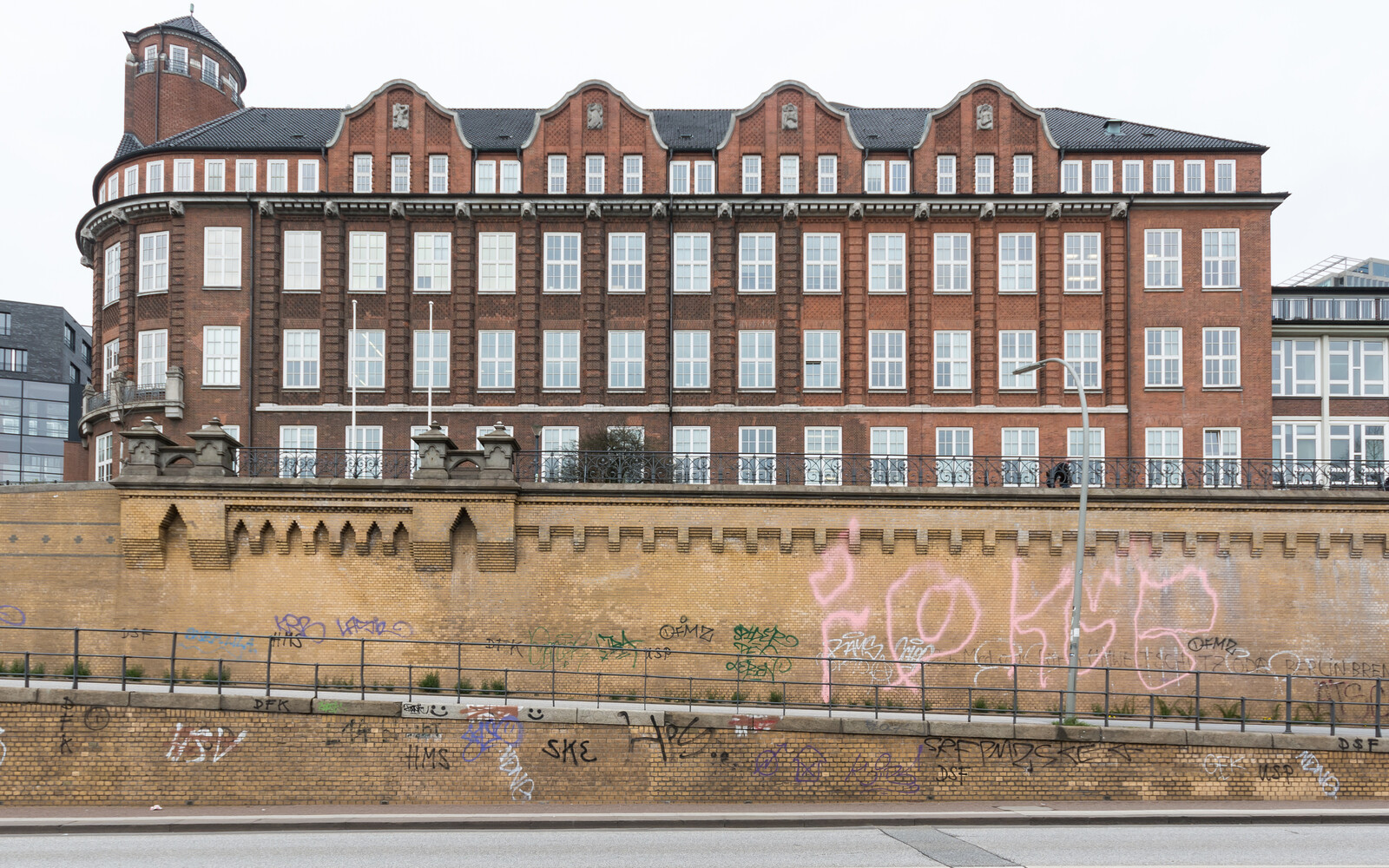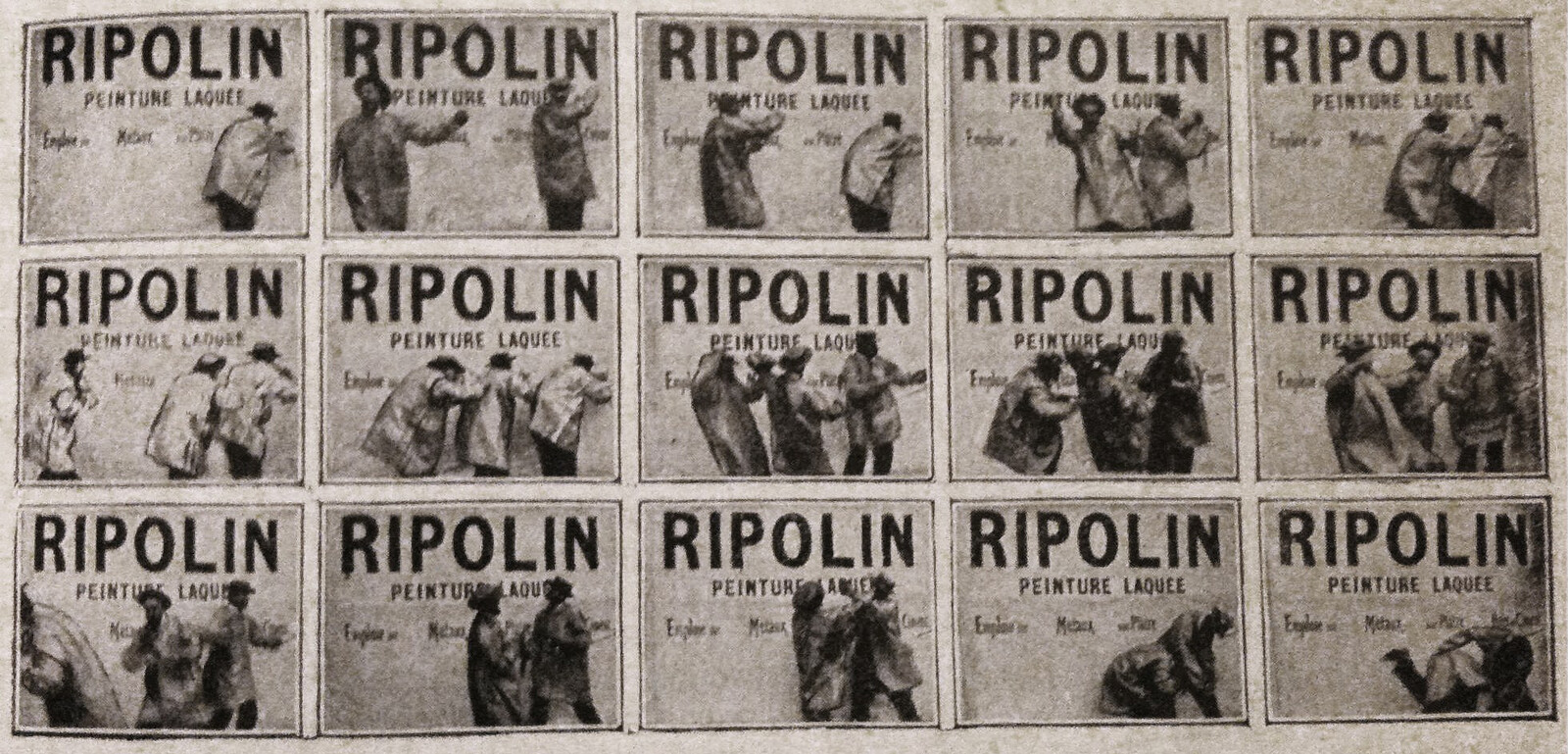“Spirit of molestation, spirit of abuse, get out right now!” Locke commanded.
“Every spirit of homosexuality, lesbianism, come out, come,” his wife ordered. “Transgenderism, gender dysphoria, come out.”
“We rebuke it, we rebuke it!” Locke yelled.
The tent slowly took on a spirit of its own. Worshipers began writhing as if in pain. Others waved their hands in the air in benediction. “Amens” began to mix with the guttural sound of growling, moaning and praying in in tongues.”
“If you’ve had the covid-19 shot, I’m telling you you’ve got poison in your veins,” Locke thundered. “We call out the covid-19 vaccine out right now. Keep that demonic spirit out of you right now in the name of Jesus!”
Some fell to the ground, pawing at cedar chips, or retched into silver vomit buckets that had been set at the end of each row of white folding chairs.1
This scene, described in an article about the way “patriot” celebrations of the January 6th insurrection have become imbricated with White evangelical Christianity, focuses on pastor Greg Locke addressing his congregation at the Global Vision Bible Church in Mt. Juliet, Tennessee. The article is accompanied by video clips of book burnings—“Harry Potter” and the “Twilight” series, alleged to communicate Satanic instructions—and chanting, mesmerized crowds of believers. Images such as these trigger disturbing flashbacks to Nazi Germany, Southern lynch mobs, and secretive cults of the kind masterminded by Charles Manson, Jim Jones, David Koresh, and more recently, David Raniere, the leader of sex cult Nxivm. But more disturbing, perhaps, is something without any single historical precedent: the gathering specter of a pandemia-driven political form (or array of forms) that combines psychic structures of psychosis, neurosis, phobia, paranoia, delusional narcissism (monomania), sadism, and the Todestrieb (death-drive); this last considered to be more death-wish (in Freud’s sense of Wunsch, unconscious wish-fulfillment) than blind Trieb, the Nirvana principle or sadistic side of Eros.
No one schemata maps onto the political cartography of Covid-denialism, or denialism tout court for that matter. Though one might want to confine Covid-denialism to a conservative ideology that exploits the psychic reflex of flight from a threatening reality or inconvenient truth for political gain (overriding scientific evidence of contagious disease to bolster unregulated capitalism and libertarian ways of life), denialism as such is impossible to pin down as a single phenomenon or right-wing political mindset. As a psychopolitical form it manifests as something viral, continually mutating and adding on.2 Slavoj Žižek describes this phenomenon aptly when he characterizes viruses as “zombie agents,”
neither alive nor dead in the usual sense of these terms, they are a kind of living dead. A virus is alive in its drive to replicate, but it is a kind of zero-level life, a biological caricature not so much of a death-drive as of life at its most stupid level of repetition and multiplication… [T]hey are a case of what Schelling called “der nie aufhebbare Rest”: a remainder of the lowest form of life that emerges as a product of the malfunctioning of higher mechanisms of multiplication.3
Like the “poison,” the “vax” toxin has been mysteriously subbed in for the virus itself that requires expulsion from the bio-organism and the spiritual body alike by means of an exorcism ritual of collective vomiting. Denialism mimes (and thereby sustains) the virus metaphor. One could even say, following Žižek’s indications, that denialism as such, in the era of social media reproducibility, has become viral: translating viral microbiology from one medium to another, morphing and metasicizing in the guise of political memes and “alternative facts” that “go viral,” in conspiracy-mongering that becomes contagious, in crossovers of science denialism into the “pandemic is a hoax” credo, and in political crossovers of the kind seen at anti-vax rallies that blur the lines between political left and right (as when Greens joined forces with contituents of the far-right “Alternative for Germany”).
Covid-denialism denotes a state of “being” (of being in “le déni,” as denialism is rendered in French) that activates a “tauto-teleological,” suicidal way of thinking.4 This is encapsulated in the oft-heard phrase “I’d rather die than take the vaccine,” with its strange ultimatum of dying for the sake of death. What imprints itself in this statement is a kind of “loving dying” paradigm that carries over to the Eros-infused “attraction” to morbid conspiracy theories and Malthusian prophecies.
The suicidal subtext of Covid-denialism is found in climate change denialism too. As Elissa Marder has observed, with respect to the term “ecocide” (which to her ears is a reminder that “the murder of the primal other is also a form of suicide”), “ecocide is always also egocide.”5 The same could be said for Covid-denialism: it is “always also egocide” to the extent that in fixing the vaccine in its sightlines, it targets an “existential threat” that is ultimately inextricable from its own egoic extinction. What Marder says about denialism as a self-defeating expression of reality-negation, also applies:
The unbearable reality of climate change exposes the psyche to a primordial tear in reality itself. The inexorably real threat of climate change threatens the psyche’s ability to establish a rational relation to reality. There is no merely sane relation to climate change. It has made us crazy, and it will make us crazy. Denial is our only defense, but it is also our undoing. There is no outside to denial. There are only different forms of denial that will have different side-effects and unintended consequences. Some of the most “well-meaning” forms of denial may turn out to be the most insidious as they attempt to rationalize, humanize, and normalize actions and events that ought to force us to reckon with what we cannot bear to know.6
“Denial is our only defense”: a giant defense mechanism, as it were, shielding us, if unsuccessfully, from the crazy, from the prospect of psychosis, itself induced by the unbearable “reality” of epidemic and ecological catastrophe.
Marder has recourse to Freud, and specifically his propensity for civilizational diagnoses that take psychoanalytic complexes tailored to the individual psyche and scale them up to collective phenemona: war, mass psychology, mass extinction events, and climate change; the last, in her view, a threat to the psyche that defies processing to the point of elevating denialism to new heights. Marder’s focus on “psychoanalysis and ecocide,” and on denialism’s role in the simultaneous staving off and bringing on of collective psychosis in the face of a climate catastrophe being experienced now—and not in some future temporality—prompts a more careful parsing of Freud’s actual vocabulary of denial: particularly its foregrounding of negation, and the interplay between Verneinung (negation, denial), and Verleugnung (the refusal or disavowal of a fact imposed by the external world). According to Jean Laplanche, the strange and troubling concept of negation—crucial to Freud’s concept of the death-drive—springs from the peculiar phrasing in the text of Beyond the Pleasure Principle:
[W]e find in this text a new, entirely original, and even unheard-of conjunction of the different modes of what might be designated, in all its generality, as the “negative”: aggression, destruction, sadomasochism, hatred, etc.
Profoundly baffling, Freud’s discourse is only sporadically and superficially subordinated to logical imperatives: it constitutes a mode of thought that is free (in the sense of free associations) … and implies a series of “about-faces,” acts of virtual repentance, and denials… [T]he holes in the reasoning constitute so many traps; the sliding of concepts results in blurring terminological points of reference; the most far-reaching discussions are suddenly resolved in the most arbitrary manner…
At stake then is an effort to grasp what is most “driven” in the drive—ataraxy, Nirvana as the abolition of every drive—and what is most vital in the biological—death, explicitly designated as the “final aim” of life.7
In underscoring the unsettling effect on the reader of Freud’s negation/denial concept as a misfit joint between thought and biology that wants to capture “what is most driven in the drive”—even at the risk of canceling itself out—Laplanche identifies what is so discomfiting about Covid-denialism: its defiance of medical risk is nothing short of a courtship of the death drive. Thus, if it cannot divine the cause of the drive—always ungraspable—it will tarry with the form of its negation.
What form denial takes is itself, as I have already suggested, an unsettled matter. Though Didier Fassin draws a distinction between “denial,” defined as “the empirical observation that reality and truth are being denied,” and “denialism,” defined as “an ideological position whereby one systematically reacts by refusing reality and truth,” my sense is that denial and denialism, like negation and negationism (on the order of slavery negationism, Holocaust negationism, AIDS negationism), are impossible to neatly disintricate.8 Both entangle “empirical observation” in questions about the coincidence of external and psychical reality, credulity and belief. Both also share the deep structure of Verneinung whereby repressed content makes its way backhandedly into consciousness without being fully acknowledged.9
Symptomatic in this regard are statements of credulous incredulity—statements of belied belief often expressed through double negative affirmation, as in: “I would not deny it…” (which leaves the door open that you might still sort of deny it). Octave Mannoni took such statements as the classic prototype of psychoanalytic fetishistic disavowal: “Je le sais bien, mais quand même” (“I know well, but all the same”).10 As Alenka Zupançiç has observed, “all the same” in this construction plays the role of the fetish: a displaced, disavowed form (the foot, the woman’s panties or glove) of the “fact of castration.” The fetish, she says, “believes in my place, belief is thus outsourced to the fetish.”11 This “believing in my place” creates a kind of closed self-circuitry, allowing the fetish to confirm a delusion that the subject already “knows” or wants to believe in. Lacan’s variant term for Verneinung, Bejahung (affirmation) places this foreclosing, auto-affirmative psychic infrastructure of fetishism in even starker relief. It is characterized as a “three-card trick or juggler’s game between the symbolic, the imaginary, and the real.” In identifying the voice of the other within the ego as an address from without, Bejahung paves the way to an order of delusion in which “the allocution is the response” and the Big Other of the symbolic is entirely excluded.12
In his analysis of Robert Faurisson’s Holocaust negationism, Jean-François Lyotard would give the name “differend” to this hedged way of thinking, typically found in instances where a plaintiff becomes a victim because “the author of the damages turns out directly or indirectly to be one’s judge.”13 The differend is a good example of how denial and denialism, or negation and negationism are bound together in expressions of “both-and” that suspend the execution of a critical judgement.14
Daniel Hoffman-Schwartz further complicates and enriches our understanding of Verneinung as a both-and structure of denial/denialism by insisting on a third term: “deniability.” Deniability may be a more apt term than “negationism” to describe the politics of Covid-denialism since it homes in on the doubt-seeding hypothetical as a viral factor or hypnotic suggestion that hobbles the faculty of judgement.15 The equivocal logic of the differend remains operative, but here a small element of undecidability is mobilized to discount a mountain of evidentiary proof.16 In the contemporary Covid-denialist version, this argument goes something like this: “vaccines kill you because you can’t prove they never do.” Deniability functions as a kill mechanism; a preemptive refusal on the order of a Verwerfung (forclusion or foreclosure) in Lacan’s theory of psychosis, whereby the subject rejects an element outside the symbolic order by treating it as as if it had never existed.
When approached from the angle of political theory, the Todestrieb of Covid-denialism aligns with the logic of “live free or die” libertarianism. New Hampshire’s official motto was adopted in 1945 and borrowed from a toast (“Live free or die: Death is not the Worst of Evils”) made by Revolutionary War hero General John Stark, who himself was borrowing it from the French Revolutionary slogan “Vivre libre ou mourir.” Under conditions of pandemia, this libertarian rallying cry is weaponized in a paroxysm of individual choicism that gains energy and positive reinforcement from in-group identification and the community support-structures of fellow denialists. One could say, then, that pandemia denialism produces a singular community; a company of Lockean self-property owners, possessive individualists whose ego-ideal is based on the kind of self-sufficing “ownness” (Eigenheit) that Max Stirner outlined in his controversial 1844 book The Ego and its Own (Der Einzige und sein Eigentum).17 Stirner’s theory of the ego was castigated by Marx as little more than a smokescreen for petty bourgeois individualism and self-interest, but Marx was short-sighted in dismissing its potential for the kind of anarchist individualism that we see animating entrepreneurial philosophy in the tech industry. Nor could he forsee its importance for Freud’s theory of das Ich, of the ego as a subjective agency that, in misrecognizing itself, and engaging in a dreamlike distortion of reality to justify its own ends, enables grandiose fantasies of self-possession. Psychosis, as Freud would note in this instance, becomes a way of making good on the loss of reality.18
“Ownness” in the context of Covid-denialism fulfills the wish to own one’s own death, arrogating to oneself God-like powers to control one’s destiny. In Beyond the Pleasure Principle, Freud singles out this attitude in describing a key aspect of the death-drive: “What we are left with is the fact that the organism wishes to die only in its own fashion.”19 Here we could say the either-or logic built into the credo of “live free or die” gives way to the both-and fetish logic of “die and be free” (with the belief in death outsourced to a fetish of libertarian “freedom” that guarantees a saving oblivion). Covid-denialist self-ownership also affords the privative satisfaction of denying self-safety to others, especially the immuno-compromised. It represents supreme social indifferentism.20 It implies contempt for any public interest served by marshaling healthcare resources, protecting others from sickness, and lowering economic and social costs through mask mandates and the adoption of vaccines. In their willful ignorance of the social and racial subsidy of health (assured by a social contract that assumes the willingness of low-paid healthcare workers to die for the cause of supporting the lives of others), together with their cognitively dissonant resistance to personal taxation for socialized medicine, anti-vaxxers have evolved a radically self-centric political brand that peddles magical financial thinking: a right to health resources without having to pay for it. It is along these lines as well that Covid-denialism has evolved into a veritable plank of alt-right ideology.
In a protracted period of lockdown and political impasse, a period that witnessed the channeling of anti-vax sentiment into a host of alt-right causes encompassing January 6 insurrectionism, education censorship, anti-abortion, voter suppression, anti-gun control laws, stymied environmental protection measures, and opposition to “plandemia” (David Mamet’s repugnant term for public health strategies designed to reduce the risk of epidemic infection), Covid-denialism stakes a special claim to the word “freedom”; particularly that form of negative liberty identified as “freedom from” something—government interference, state control, federal regulation, and so on.21 It was just this populist negative liberty that resounded in Florida governer Ron DeSantis’s appeal to “freedom from the judgmentalism of pro-mandate libs”—a no-fault antimoralism credo. (And who doesn’t identify with that?) Denialism’s political weaponization by the far right caters to the negative liberty of libertarianism (freedom from government interference) even as it promotes the positive liberty of neoliberal entitlement, the freedom to enjoy absolute safety on one’s own terms and at others’ expense. Both freedoms envisage a fully privatized world of the self in which the right not to be vaccinated vies with the demand for a space entirely controlled by oneself (“my home is my castle”) and socially inoculated against the dangers of others.
We get a glimpse of what that world looks like in Todd Haynes’s prescient 1995 film Safe, in which Julianne Moore embraces her autoimmunity and makes her living environment—an antiseptic igloo reinforced by a mobile oxygen tank—into a reflection of self-love that doubles as a death of the social. “Safe” is the form the death-drive assumes as a social capsule of one: an apotheosis of the bourgeois private and endpoint of social distancing. Materially literalizing the psychopolitical infrastructure of “safetyism” in the architecture of an isolation chamber, Safe identifies “safe” as a condition of surviving “life as a disease”: a condition that affords narcissistic fulfillment through existential subsistence at the minimal edge of bare life.22
Extending the political infrastructure of narcissistic safetyism, the late Jean-Luc Nancy coined the expression “neo-viralism” for specific offshoots of neoliberalism that flourish under conditions of pandemia. Neo-viralism is characterized by the virality of discourses that corrode civic bonds, by the mutations of a world-organism sickened by the predations of technocapitalism, by neo-Malthusianism (“let the over-seventy die to strengthen the species”), by a resentment that breeds more resentment, by a nihilist penchant for “autodestruction,” and last but not least, by a denunciation of the “communovirus”—“le virus qui vient du communisme, le virus qui nous communise” (“the virus that comes from communism, the virus that communizes us”)—that Nancy ironically invokes to describe “the dethroning (if not decapitation) of the corona of the old imperial monarchies to make way for an anti-Chinese specter of the ‘communo.’”23
Nancy conjures communo-viralism as the phobic specter of communism and as a manifold symptom of neoliberal autoimmunity.24 But with Covid-denialism, the politics are all over the map. Think here of anti-vaxxers who fall into neither the neoliberal nor the alt-right camp: those committed to minimizing toxins in the body; those who believe that an immunity induced by jiggering RNA genetic sequences is transgressive of a natural or divinely sanctified concept of the bodily human; those with a rational skepticism towards big pharma; vaccine-hesitant people of color tramatized by a bad history of protocol-testing; those who reject the superstitious logic that says if we make a strong enough gesture of sacrifice that brings our entire social life to a standstill, then maybe we can expect mercy; as well as critical thinkers averse to the medical biopolitics and control apparatuses of a hyperstate.25 The point here is not to reduce Covid-denialism to an “ism” or politics of party, but rather to see it as a complex political groundswell whose signs are everywhere on the populist right, in neoliberal discourses of self-securitization and anti-regulation, as well as in the work of thinkers who hail from a left-anarchist repudiation of state power and institutional structures of domination like Giorgio Agamben, Mehdi Belhaj Kacem, and the anonymous authors of the Manifeste conspirationniste (The Conspiracy Manifesto).26
What is fundamentally at stake in Covid-denialism is a fight for power, a desire to master mastery. It is this power struggle at the heart of the death-drive (characterized by Aaron Schuster as Freud’s “metaphysical biology” as well as the “gap or rupture that is [psychoanalysis’s] proper object”) that most clearly defines the psychic life of Covid-denialism as political form.27 It is also why we can identify left denialism in its relation to anarchism, and more generally, to forms of philosophical politics engaged with the deconstruction of power.
In a chapter on Derrida’s “responsible anarchism” Catherine Malabou tries to imagine anarchism as a pure political force (puissance) untethered from structures of domination (pouvoir). Malabou wants to make anarchism’s pulsive energy available to an other mode of political organization; one that is “inédit” (yet to be invented or road-tested) and revolutionary. When she poses the question “Is deconstruction an anarchism?” or the related question “Is the death-drive anarchic or anarchist?,” or when she ponders whether the drive to mastery is deconstructible (subject to being undone), or indestructible as it assimilates deconstructive différance to the mechanism of Zwang (compulsion, constraint, force), the answer in each instance is an equivocal “yes and no.” This “yes and no”—the classic formulation of Verneinung that Freud assigned to the death-drive and that Derrida references through the ambivalent figures of aporia, autoimmunity, and virus—limns a porous border between deconstruction and anarchism. “Yes and no” is a kind of anarchy, Malabou affirms, even as she calls it out as a “flagrant délit”—a scandal or trick that distracts us from the harder task of imagining an anarchist denegation unsusceptible to deconstruction.28 What kind of denial would this be?
Malabou calls it “another difference,” one that is “hors différance” (outside the difference machine), which is to say, an example of “pure power” untethered from law, government and the principle of Herrschaft, the Hegelian concept of lordschip or mastery that binds identity to its fate of endless self-reappropriation. Blocking the automaticity of the compulsive Zwang of life towards death with a power derived from the non-life that precedes it (what Freud referred to in somewhat mysterious terms as an inorganic order of the living, or original state of matter that gives cells their quality of living), Malabou locates in Derrida’s speculations on Freud “a death drive independent of its relation to power.”29 This non-principial non-life-form takes political shape as the “non-governable” that must never be confused “with the ungovernability of difference.”30 Its undeniable existence is affirmed in its denegation. In other words, denial (Verneinung) is the sign that anarchism exists.31 And yet, having guided us to an anarchism sited in the “beyond” of the pleasure principle (and the beyond of desconstruction), Malabou leaves us to mull questions posed along the way: What happens when “the principle” is transgressed, the state suspended, and the government overturned?32 How does anarchism manage base instincts for power along with the the urge to destroy, harm or commit acts of cruelty?33 How does the power of anarchism resist being assimilated into what Malabou calls the “dynamic of dynasty,” referring to the recognition that “power can never be overcome by something that wouldn’t itself be power”?34 And finally, how does anarchism—affirmed as denial—resist being denied by the undeconstructible force of its own negation?
Malabou’s quandary of a structure of denial that throws into question the possibility of unbinding power from the deathly telos of the death-drive, or of realizing an anarchist politics of “the ungovernable,” helps explain how figures like Agamben and Mehdi Belhaj Kacem, both renowned for their militant opposition to all forms of biopolitical sovereignty and repressive governmentality, could get caught in the trap of a denialism of means without ends, culminating in both cases in Covid-denialism. In her chapter on Agamben, Malabou skirts this issue, focusing instead on the power of his “profanation” of theopolitical sovereignty. By disrobing the incapacity of command beneath the trappings of glory and the exercise of sovereign exception, Agamben makes manifest the energeia of an essential force of being that disciplines itself, yet remains ungovernable.35 The problem, however, is that once this energy is dispatched to a zone of indistinction that is everywhere and nowhere, the zone itself is resacralized.36 This “theological anarchism” is another denialist trick. Like Derridian différance telegraphed in the ambivalent logic of “yes and no,” it too, by Malabou’s reckoning, is a case of theory “en flagrant délit”: caught in the act of committing a scandal. In Derrida’s case, the délit impedes the way to non-governable power. But in Agamben’s case, it traps him in the void of destituent power, fated to endlessly critique the ontology of anarchy at the expense of a politics of anarchism.
This denialist trap, this place abstracted from reality, is where, according to Malabou’s interpretation, “the death drive turns in on itself.”37 And it is here that denialism becomes especially vulnerable to the attacks of someone like Benjamin Bratton, who not only dresses down Agamben for comparing government vaccine and mask mandates to Nazis requirements that Jews wear the yellow star, but takes him as a symbol of all left theory post-‘68 that indulges in “the horizontal multiplication of conditional viewpoints as both means and ends, via the imaginary dismantling of public reason, decision, and structuration.” This, he claims, is “how they can at once fetishize ‘the Political’ while refusing ‘governmentality.’” Philosophy and the humanities, he goes on, have failed the pandemic because they refuse “the epidemiological reality of mutual contagion” and subscribe to an ethics beholden to “subjective moral intentionality and a self-regarding protagonism for which ‘I’ am the piloting moral agent of outcomes.”38
Bratton’s “J’accuse” and his denunciation of negative biopoltics has itself come in for attack as a piece of critical grandstanding that rides roughshod over the political stakes of theoretical praxis: its critique of violence, its ungrounding of the political authority vested in authoritarianism, its demystifications of “truth” rhetorically mobilized as a ruse of power.39 Nicolas Hausdorf detects a mirroring of neocon intellectuals who, in the wake of 9-11, offered up apologies for state violence.40 J.J. Charlesworth questions what Bratton’s “dislocated antihumanism” and managerial approach to the preservation of life (itself posited as an end but never defined), is actually for.41 And John Pistelli derides Bratton’s cheap shot of training fire on “Boomer Theorists” without providing any theory of social change or resisting genuflection to “neutral, scientific, non-negotiable moral strategies to which no reasonable person … could possibly object.”42
In tracing a through-line between Agamben’s Covid-denialism (cast as a salve to unreason and the refusal of veridiction), and the “self-regarding protagonism” of left theory, Bratton indiscriminately tosses all post-’68 thought into the den of libertarianism and possessive individualism. What gets lost in the mudslinging are more serious questions: how does left opposition to the biomedical security state keep itself from shoring up its libertarian counterpart on the alt-right? How do we prevent denial from being taken over by a structure of belief that overrides scientific reason and becomes vulnerable to falsehoods and disinformation?43 How do we keep denialism—especially coming from the left—from being coopted by conspiracy theory, such as Mehdi Belhaj Kacem’s embrace of “complotisme” (“conspiracy”) on the grounds that it honestly names how the “nightmare of culture,” and its handmaiden academic philosophy, have been used to cover up the truly persecutory, tortuous side of humanity?44
Drawing back from the conspiracy hornet’s nest, I continue to wonder whether the desire to recover an anarchic power of the non-governable that, as it were, masters mastery, can ultimately resist supersession by a structure of negation that is all-consuming and politically indifferent? How can we overcome this indifference, which either settles all too easily into the groove of political impasse, or condones the kind of “both-sides-ism” that credentials delusion, conspiratorialism, lies, and weaponized deniability? I also wonder about the ways in which Covid-denialism channels a psychic political form engorged with hate (itself a literalization, in Kleinian terms, of the death-drive) and in love with the force of the negative—the spectacle of the instinct unchained—that culminates in collective rituals of exorcism, conspiracy-mongering, and targeted expulsory violence?
Denialism at its most delusional, the death-drive at its most politically lethal; these unnerving aspects of Covid-denialism lead me to ask how, going forward, it will be possible to resist falling in love with the death-driven spectacle of morphing viralities, including neoliberalism’s morph into neo-viralism? These issues underwrite the theoretical stakes of Covid-denialism as a singular phenomenon of the times; one that links “viral-think” to problems of belief, veridiction, anarchy, power, nihilist libertarianism, and denegation—the last tantamount to a death-wish, insofar as death itself is desired over a vaccine that protects against it.45
Annie Gowen, “A Jan. 6 pastor divides hs Tennessee community with increasingly extremist views,” The Washington Post, March 31, 2022, ➝. See also, Jaclyn Preiser’s earlier Washington Post article of July 27, 2021, reporting on Locke’s insistence that his parishioners “ditch their masks.” ➝. See too, segment on Locke where he goes from “There is no pandemic” to false allegations about the “aborted fetal tissue in all these vaccines,” ➝.
In a similar vein, Patrice Maniglier theorizes the “ontology of the virus” through a Latourian lens as “multiversal,” its internal multiplicities (the multiplicity of viruses, produced by the constant mutation of genes, viral variants and entangled endosymbioses), are be conceived as horizontally distributed across heterogenous assemblages encompassing every type of entity and agency: animate and inanimate, inert and active. See Patrice Maniglier, Le philosophe, la Terre et le virus: Bruno Latour expliqué par l’actualité (Paris: Les Liens Qui Libèrent, 2021), 51–62.
Slavoj Žižek, Pandemic!: COVID-19 Shakes the World (London: Polity, 2020). Žižek’s take on the “zombie” virus is in line with his very particular interpretation of the death-drive, which in a departure from Freud, attaches it to the concept of undeadness: “The Freudian death drive has nothing whatsoever to do with the desire for self-annihilation, for a return to the inorganic absence of all tension of life; rather, it is the very opposite of dying - a name for the ‘undead’, eternal life itself, for the horrible fate of being caught in the endless iteration of wandering in guilt and pain. The paradox of Freud’s ‘death drive’, then, is that Freud is using it to denote its very opposite, namely the way immortality appears within psychoanalysis, an uncanny excess of life, an ‘undead’ urge that transcends the (biological) cycle of Life and death, persisting from arising and passing away. The real lesson of psychoanalysis is that human life is never just ‘just life.’” See, Slavoj Žižek: Parallax (Frankfurt: Suhrkamp, 2006), 61.
I borrow the expression “tauto-teleological” from Catherine Malabou who uses it in her book Au voleur! Anarchisme et philosophie (Paris: PUF, 2022), 188.
Elissa Marder, “The Shadow of the Eco: Denial and Climate Change,” unpublished paper, Feb. 20, 2021. My thanks to Elissa for sharing this work, which was originally delivered as a talk at a Das Unbehagen conference on “Psychoanalysis and Ecocide,” February 23, 2021, ➝. A different version of the talk, “The Shadow of the Eco. Climate Change and Psychoanalysis,” was delivered at Columbia University on March 11, 2022, ➝. Emphasis mine.
Ibid.
Jean Laplanche, Life and Death in Psychoanalysis, trans. Jeffrey Mehlman (Baltimore: The Johns Hopkins University Press, 1976), 106-107. Emphasis mine.
Didier Fassin, When Bodies Remember: Experiences and Politics of AIDS in South Africa (Berkeley: University of California Press, 2007), 115. See too, Michael Specter’s influential 2009 study Denialism: How Irrational Thinking Harms the Planet and Threatens Our Lives (New York: Penguin Press, 2009).
Sigmund Freud, “Negation,” (1925). In: The Standard Edition of the Complete Psychological Works of Sigmund Freud XIX, The Ego and the Id and Other Works (1923–1925) (London: Hogarth Press, 1953–1974), 235. In this volume, see too Freud’s essay “The Loss of Reality in Neurosis and Psychosis” (1924), 183–190.
Octave Mannoni, Clefs pour l’Imaginaire ou l’Autre scène (Paris: Éditions du Seuil, 1969).
Alenka Zupançiç, paper at conference “In the Wake of the Plague: Eros and Mourning,” Dartmouth College, April 21, 2022.
Jacques Lacan, “I’ve just been to the butcher’s,” in The Seminar of Jacques Lacan III, The Psychoses (1955–1956), trans. Russell Grigg, ed. Jacques-Alain Miller (New York: W.W. Norton, 1993), 46, 47, 52. Lacan’s most fundamental text of reference is “Introduction and Reply to Jean Hyppolite’s presentation of Freud’s Verneinung,” in The Seminar of Jacques Lacan I, Freud’s Papers on Technique (1952–1954), trans. John Forrester, ed. Jacques-Alain Miller (New York: W.W. Norton, 1988), 52–61.
Jean-François Lyotard, Le Différend (Paris: Minuit, 1983), 22-23. See my discussion of the differend in “Armed Response: Translation as Judicial Hearing,” e-flux Journal 84 (September 2017), ➝.
In more strictly psychoanalytic terms this “both-and” dissolves Freudian dualisms according to which neurotic negation (expressed in symptoms of failed repression, egoic self-preservation and defense, a negation of the unconscious to the end of preserving a connection to reality) is opposed to psychotic denial (expressed as dominance of the id to the point of total denial of external reality).
Daniel Hoffman-Schwartz, “Lyotard and the Trolls: The Differend, Sophistry, and the Right,” Philosophy Today (February, 2022). In the case of doubt-seeding, we can say with Lacan that the subject is not psychotic, just subject to a hallucination. “Introduction and Reply to Jean Hyppolite’s presentation of Freud’s Verneinung,” in The Seminar of Jacques Lacan I, 59.
This strategy will be especially familiar to readers of Naomi Oreskes’ and Erik M. Conway’s Merchants of Doubt: How a Handful of Scientists Obscured the Truth on Issues from Tobacco Smoke to Global Warming (London: Bloomsbury, 2012), which tracked the honing of deniability as a political technology in the 1960s and 1970s.
Max Stirner outlined this in his controversial book Der Einzige und sein Eigentum (The Ego and its Own) (Leipzig: Otto Wigand, 1845).
Sigmund Freud, “The Loss of Reality in Neurosis and Psychosis,” op. cit. 184.
Sigmund Freud, Beyond the Pleasure Principle (London; Vienna: The International Psycho-Analytic Press, 1922), 33.
This is relevant to the larger “ethics of the (infected) neighbor,” as diagnosed by Kenneth Reinhard in The Neighbor: Three Inquiries in Political Theology (Chicago: University of Chicago Press, 2005).
See Marc Tracy, “As Mamet Returns to Broadway, His Claims on Pedophilia Get the Spotlight,” The New York Times, April 13, 2022.
The term “safetyism” crops up in the face-off between Greg Lukianoff and Jonathan Haidt, coauthors of The Coddling of the American Mind: How Good Intentions and Bad Ideas Are Setting Up a Generation for Failure (New York: Penguin Press, 2018), and Michael Roth, author of Safe Enough Spaces: A Pragmatist’s Approach to Inclusion, Free Speech, and Political Correctness on College Campuses (New Haven: Yale University Press, 2019). Lukianoff and Haidt denounce campus “coddling” and “vindictive protectionism,” while Wesleyan college president Roth proposes “safe enough spaces” (after Winnicott’s “good enough parent”) centered on inclusion and respect. Roth traces the origin of safe space back to postwar industrial psychology when emigré social psychologist Kurt Lewin was asked to help workers and supervisors adapt to a feminized workplace at the Harwood Manufacturing textile plant. Lewin associated safe space with an environment that allows for participatory decision-making on productivity and absenteeism without fear of retaliation or retribution. The safe space concept migrated from the factory to the therapist’s office, and with the help of social movements in the 1960s and 1970s, become a rallying point of feminism (the Bluestocking feminist bookstore as safe space), black empowerment and LGBTQI emancipation. Aaron Schuster, The Trouble with Pleasure: Deleuze and Psychoanalysis (Cambridge: MIT Press, 2016), 30.
Jean-Luc Nancy, Un trop humain virus (Montrouge: Bayard, 2020), 8.
Another, more positive way of theorizing “communovirus” or neoviralism for that matter, might emphasize a model of community-in-virus. This is arguably found in the community of barebackers. It came together around the rejection of the repressive moral apparatus of safe-sex and has been known to willingly share HIV as an affirmative gesture of investment in a future dying-together. See, Tim Dean Unlimited Intimacy: Reflections on the Subculture of Barebacking (Chicago; London: University of Chicago Press, 2009).
Slavoj Žižek, Pandemic! 2: Chronicles of a Time Lost (London: Polity, 2020), 10.
The title plays on Gracchus Babeuf and Sylvain Maréchal’s “Manifesto of the Equals” (Le Manifeste des Egaux), (1796), which referenced an insurrection against the Directorate known as “The Conspiracy of the Equals.”
Aaron Schuster, The Trouble with Pleasure, 32, 33 respectively. Schuster ponders whether Freud’s theory of the death drive refers “to a demonic compulsion to repeat? Or to an aggressive force of self-sabotage and self-destruction? Or to a metaphysical biology that makes of life a painful detour of inorganic matter?,” 32. He also provides a reading of Thomas Mann’s Magic Mountain that vividly illustrates this notion of “life as a disease,” or life not as “Vibrant Matter” (Jane Bennett), or “Bodies that Matter” (Judith Butler) but as “Sick Matter,” 35. Schuster writes: “During his unexpectedly long stay in the Swiss mountain retreat, the novel’s main character, Hans Castorp, is exposed to different views on the relationship between sickness and health, body and mind, suffering and sprituality, but remains undecided. In the section of chapter V titled ‘Research,’ Castorp undertakes his own scientific inquiry, reading numerous volumes on anatomy, physiology, and biology: What is life? What is its origin? By what mysterious leap did the first living protoplasm come into being? This investigation into the earliest stirrings of life eventually leads him from biology to physics, the gulf between the organic and the inorgqanic harking back to the perhaps even more mysterious and unfathomable breach between the material and the immaterial. At the end of this episode, Castop comes to a thought that perfectly captures Freud’s patho-biological speculations, while daringly pushing them one step further. ‘Disease was a perverse, a dissolute form of life. And life? Life itself? Was it perhaps only an infection, a sickening of matter?’”
“une dénégation cette fois non déconstruite de l’anarchisme.” Malabou, Au voleur!, 162.
Ibid., 191.
Ibid., 193.
Ibid., 200–201.
Ibid., 163.
Ibid., 190.
Ibid., 188.
Ibid., 316.
Ibid., 323.
Ibid., 394.
Benjamin Bratton, “Agamben WTF, or How Philosophy Failed the Pandemic,” Verso, July 28, 2021, ➝.
Benjamin Bratton, The Revenge of the Real: Politics for a Post-Pandemic World (London: Verso, 2021).
Hausdorf further deplores Bratton’s unwillingness to recognize Agamben as one of the few intellectuals willing to “criticize excessive state power, dismantle simplistic industry scientism, and profess decentralization and medical autonomy against the dubious manifestations of the state.” Nicolas Hausdorf, “Revenge of the Unreal,” IM-1776, July 20, 2021, ➝.
J.J. Charlesworth, “`A System to be Managed’: The Problem with Benjamin Bratton’s Antihumanism,” ArtReview, November 9, 2021, ➝.
John Pistelli, review of the The Revenge of the Real, blogpost August 3, 2021, ➝.
This question solicits a rereading of Umberto Eco’s essay “Faith in Fakes,” and other writings on the semiotics of lying as a mechanism of fiction, falsification, error, secrecy, and conspiracy.
From an interview relating to his talk on “Artaud et la Théorie du Complot” at an event organized in 2014 by Pierre Michon. “‘Des phrases qui sauvent la peau’: Entretien with Mehdi Belhaj Kacem,” Inferno, September 29, 2014, ➝. During the pandemic he will launch a full-blown conspiracy theory that the pandemic is a genocidal plot hatched by the totalitarian biopolitical state. In addition to his broadside Colaricovirus: D’un génocide non conventionnel (Exuvie, 2022), and an incendiary open letter to the Mayor of Turenne (➝), Mehdi Belhaj Kacem released a torrent of Covid-denialist videos at the height of the pandemic that were banned from internet diffusion but continued to circulate on alternative media. A more muted version of his Covid-denialism appears in the anonymously published Manifeste conspirationniste allegedly coauthored by members of the now defunct Invisible Committee. Joseph Confavreux, reviewing the book in Mediapart (January 27, 2022) denounced it as a mass of meta-conspiratorial delusions in the name of collective revolt that promotes the hypothesis of a preplanned pandemic orchestrated to give cover to mass surveillance by the global order, ➝.
Slavoj Žižek writes: “We in the West less and less accept death as part of life, we see it as an intrusion of something foreign that can be indefinitely postponed…” Pandemic! 2, 11.
Sick Architecture is a collaboration between Beatriz Colomina, e-flux Architecture, CIVA Brussels, and the Princeton University Ph.D. Program in the History and Theory of Architecture, with the support of the Rapid Response David A. Gardner ’69 Magic Grant from the Humanities Council and the Program in Media and Modernity at Princeton University.


